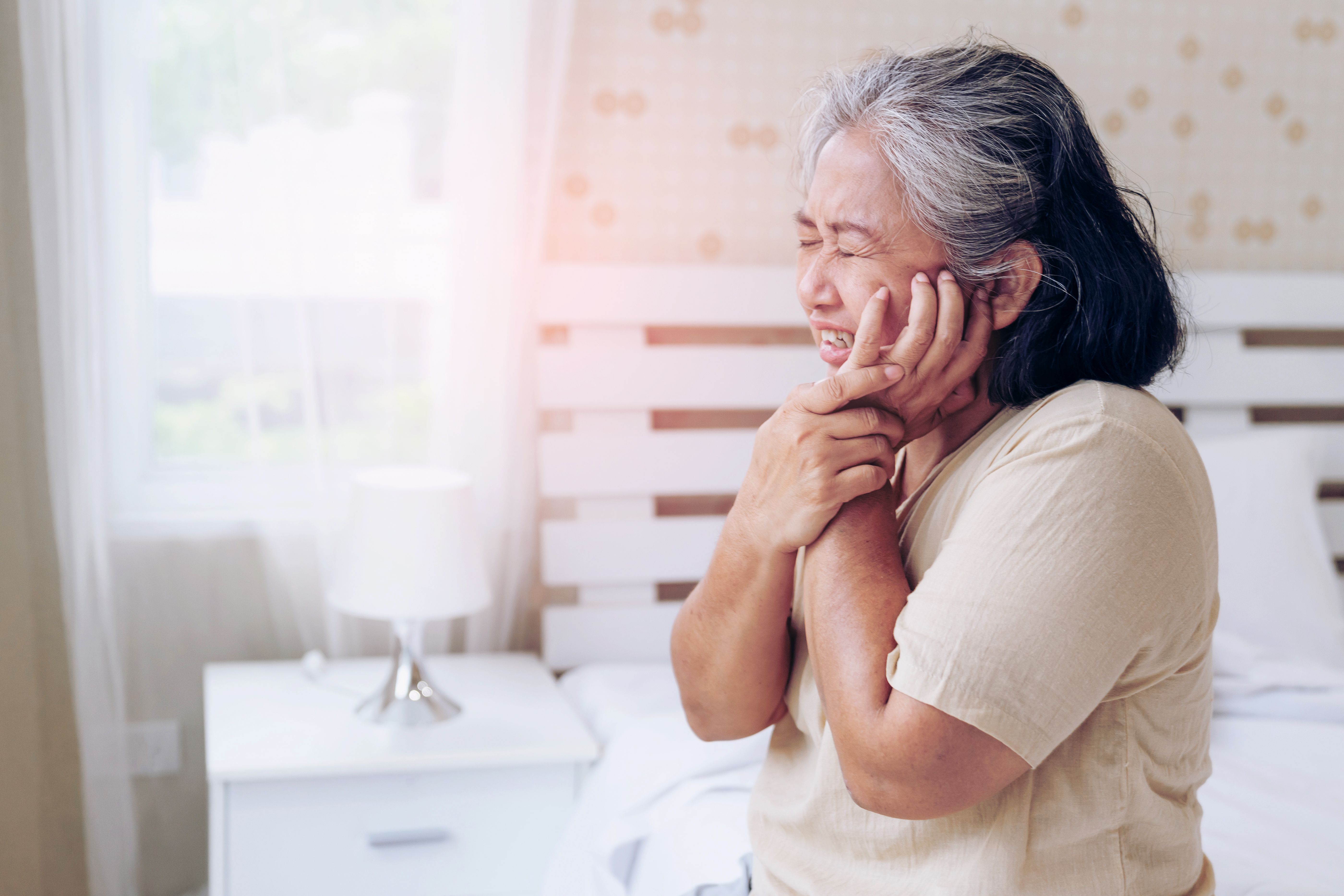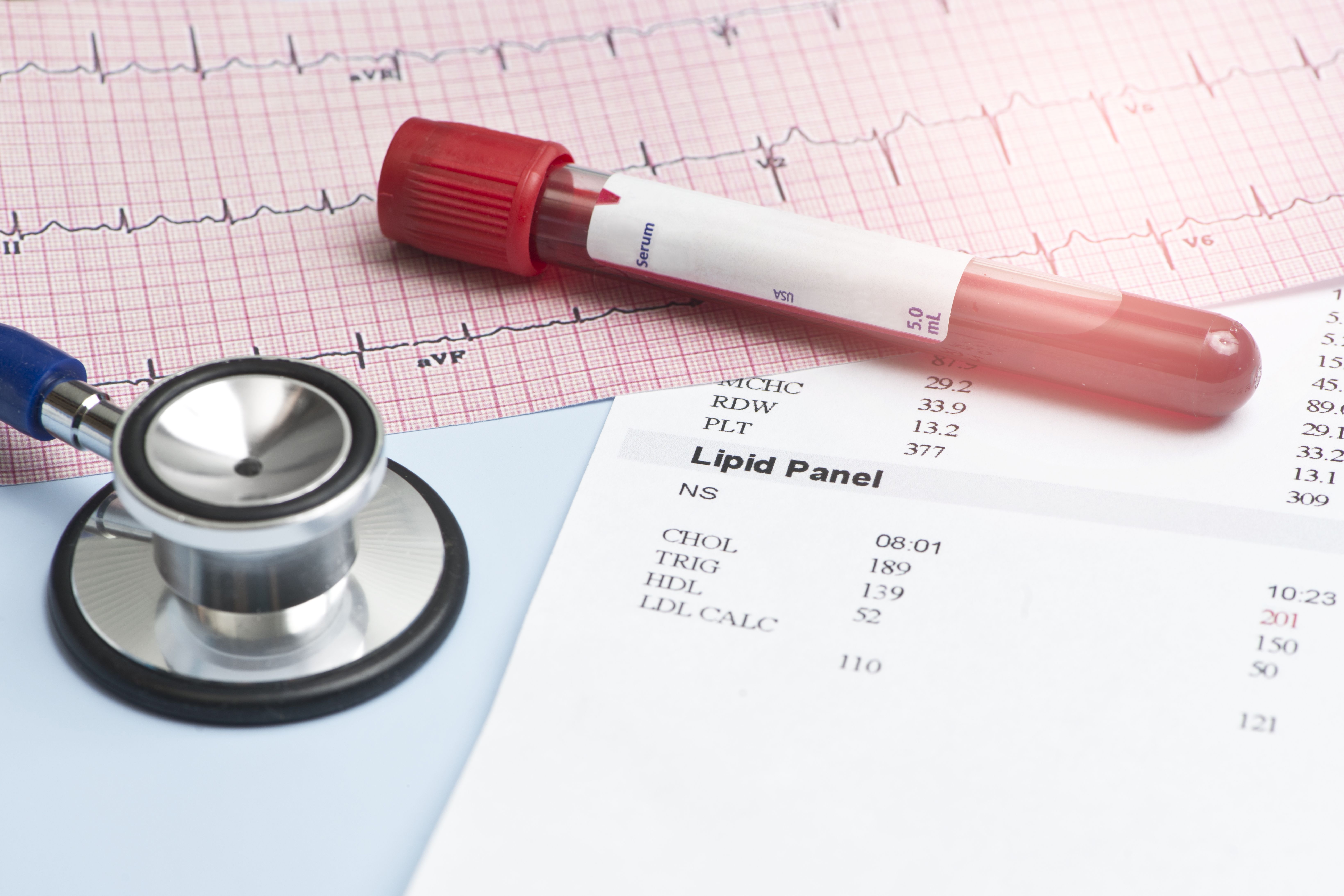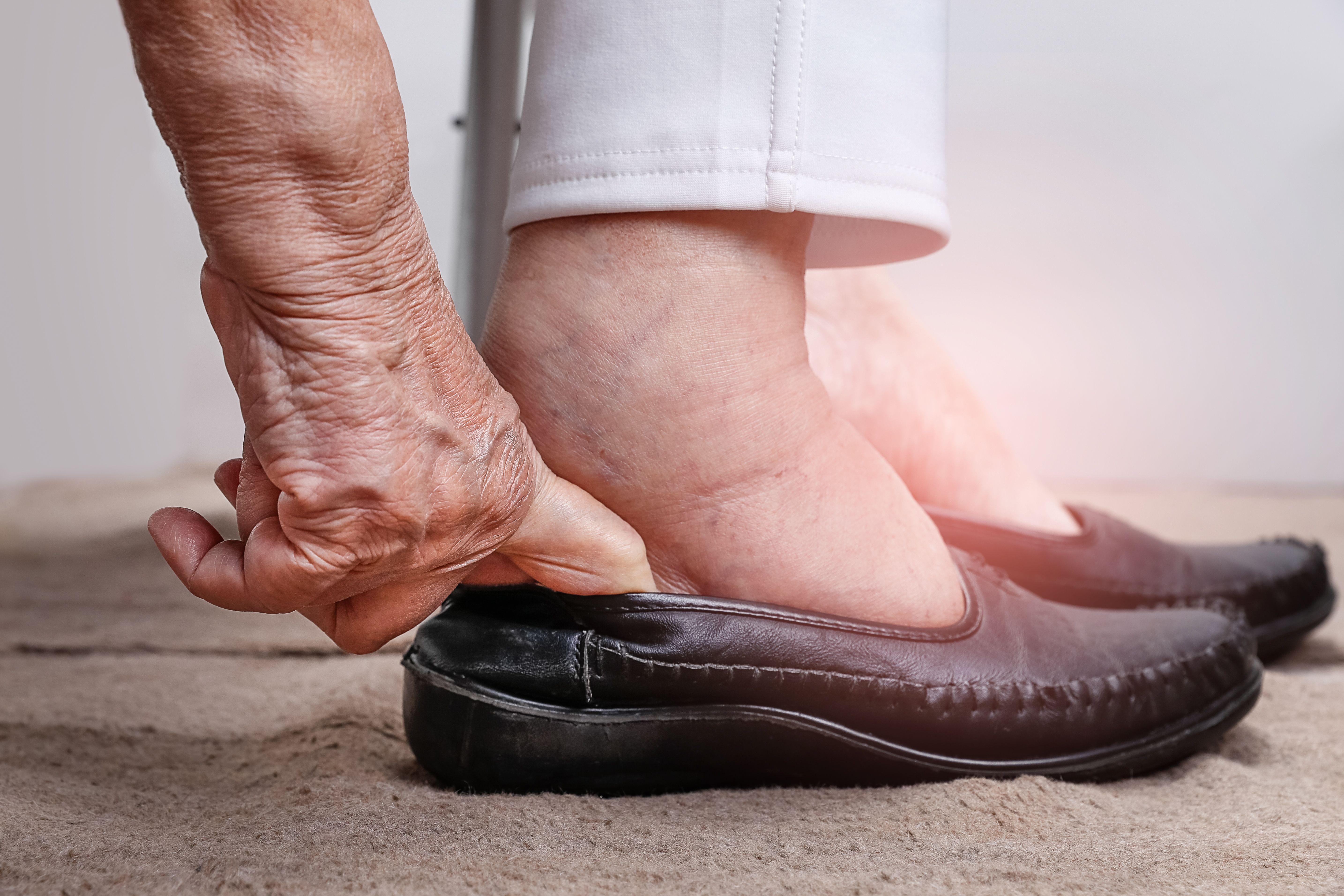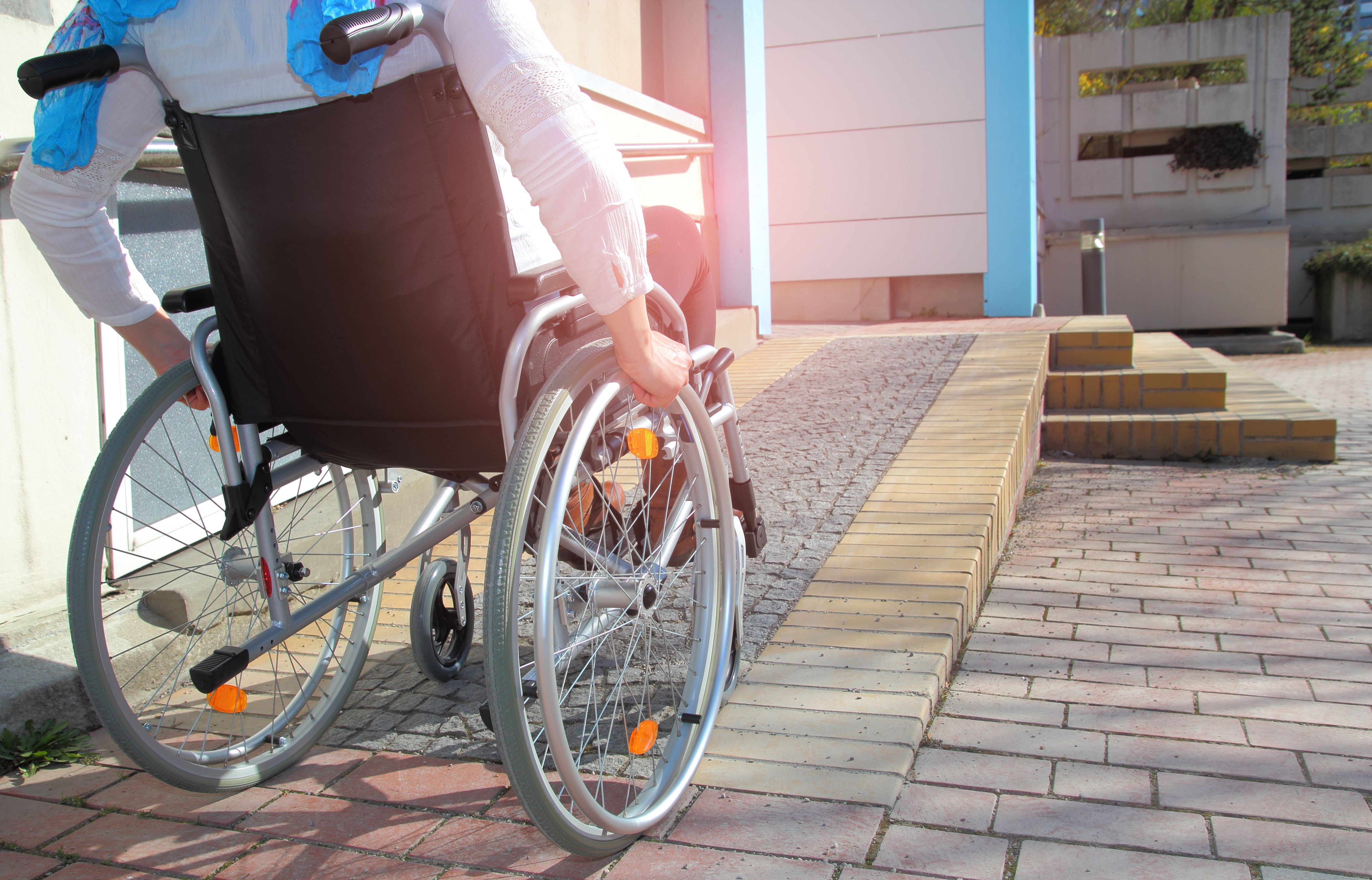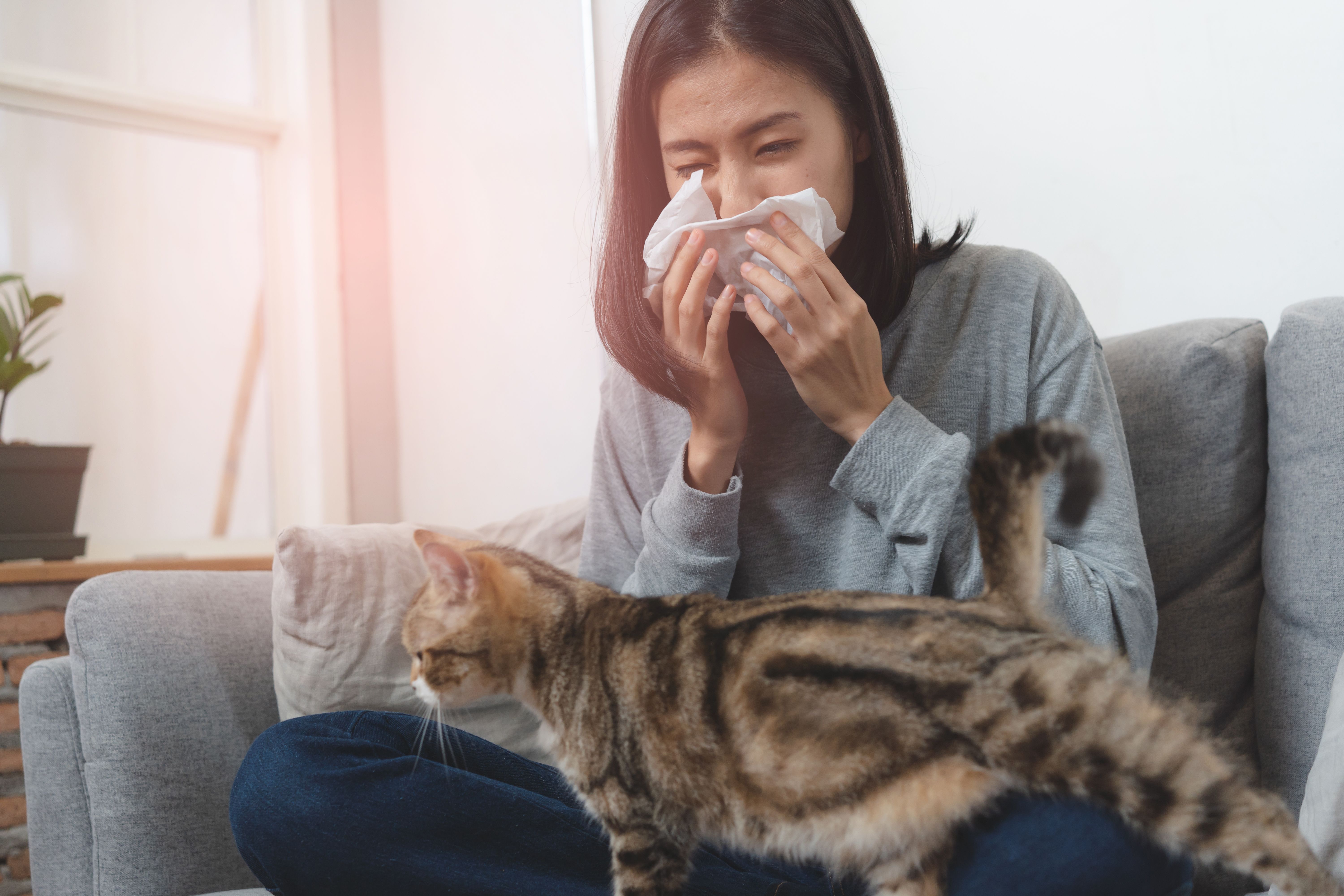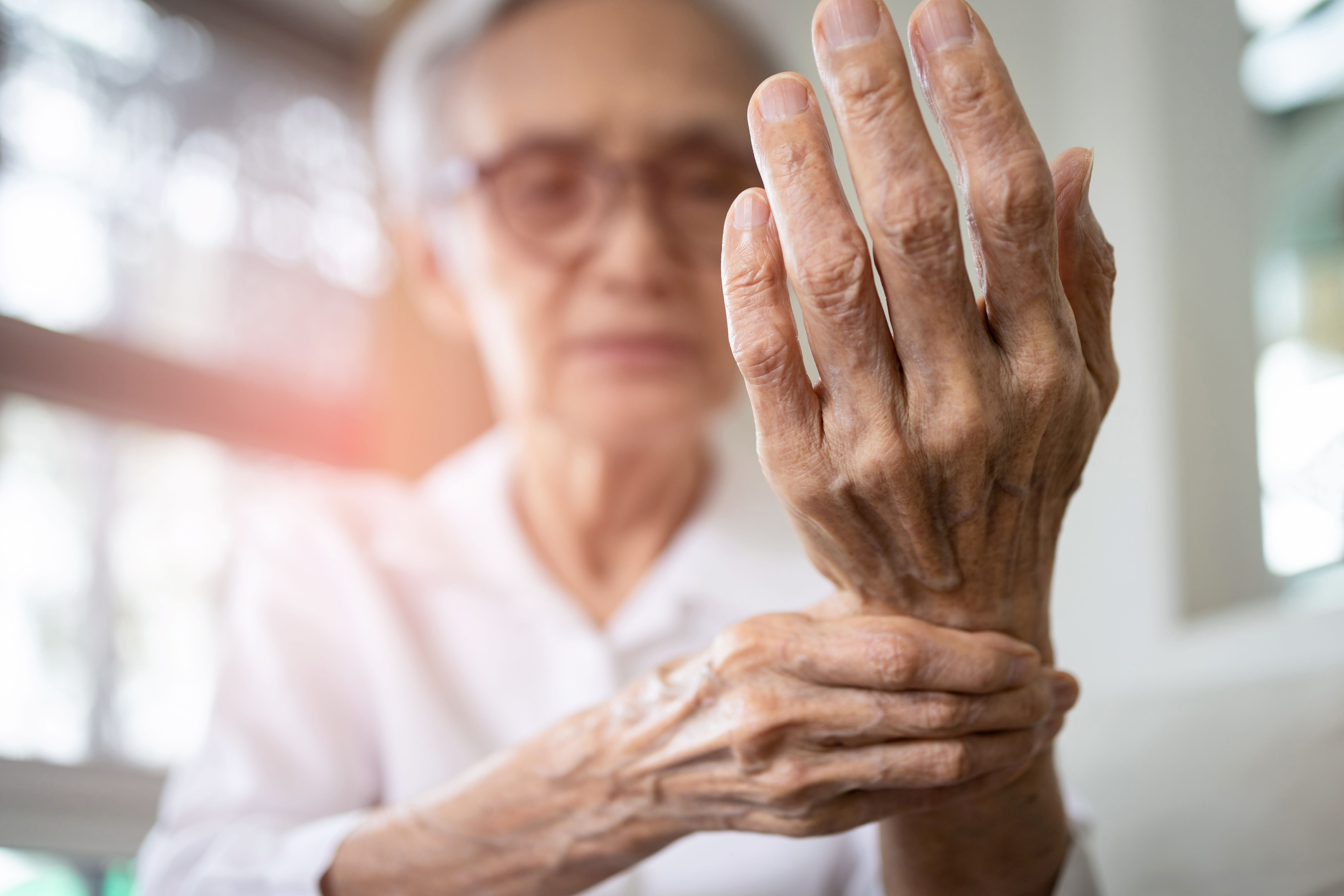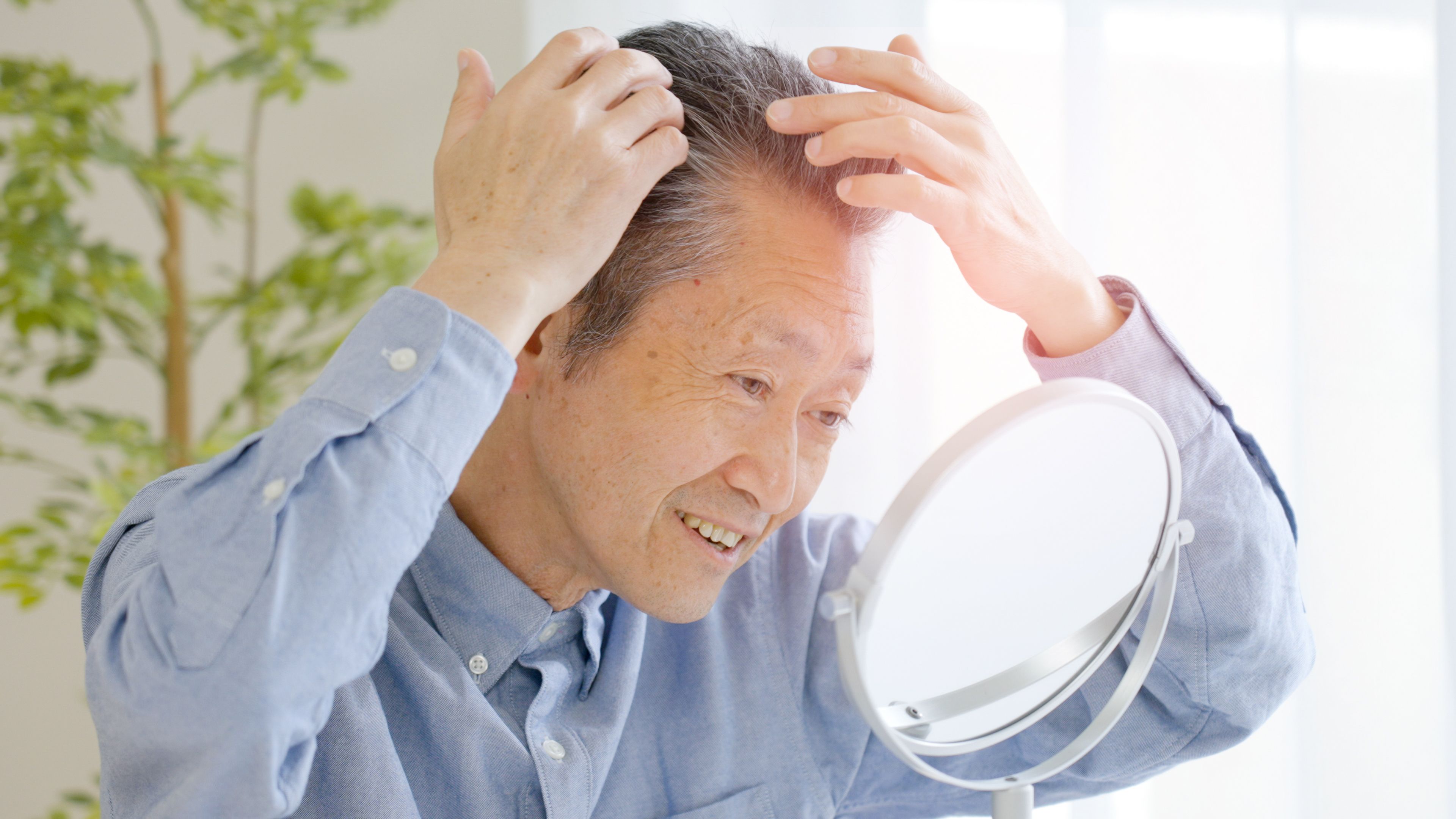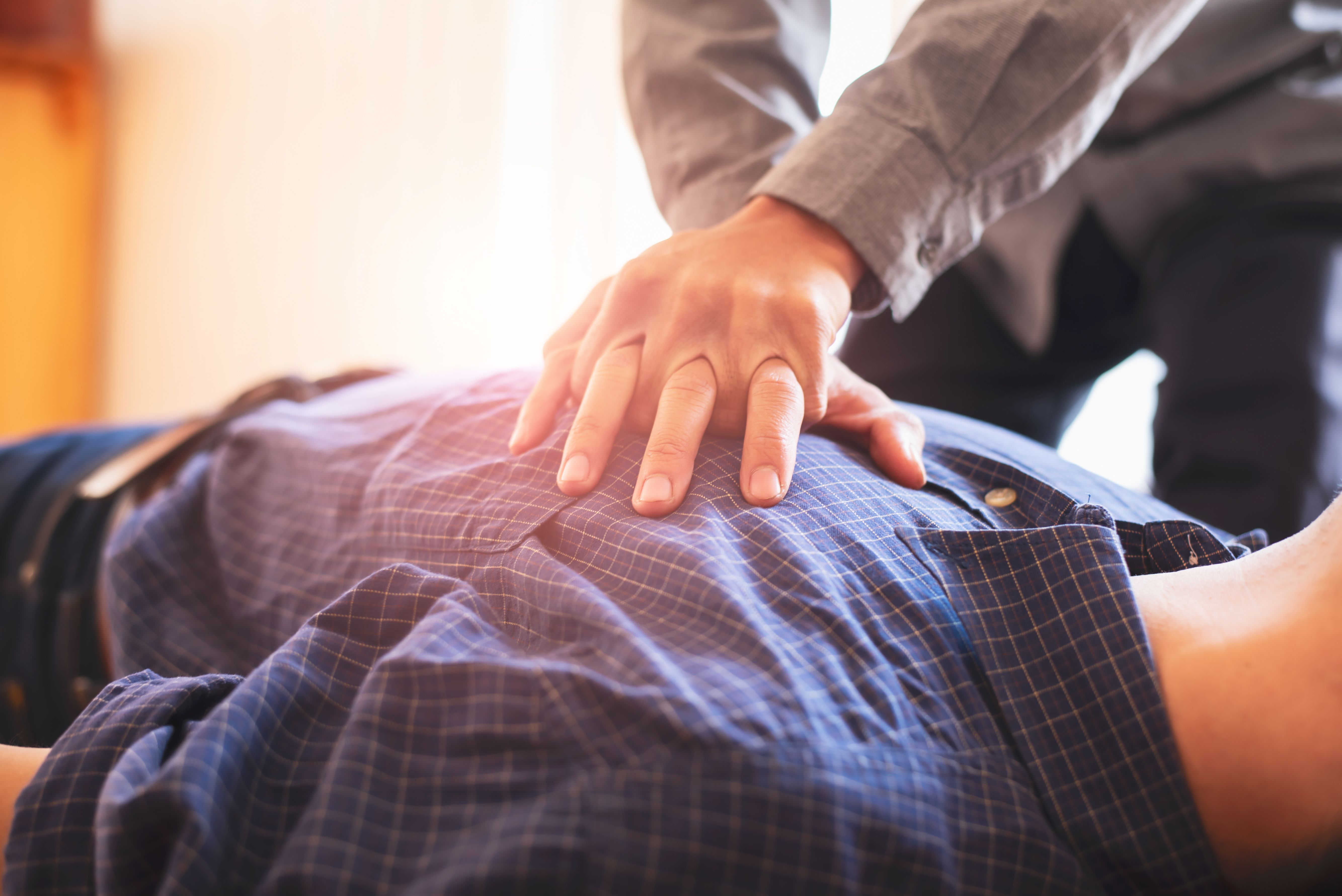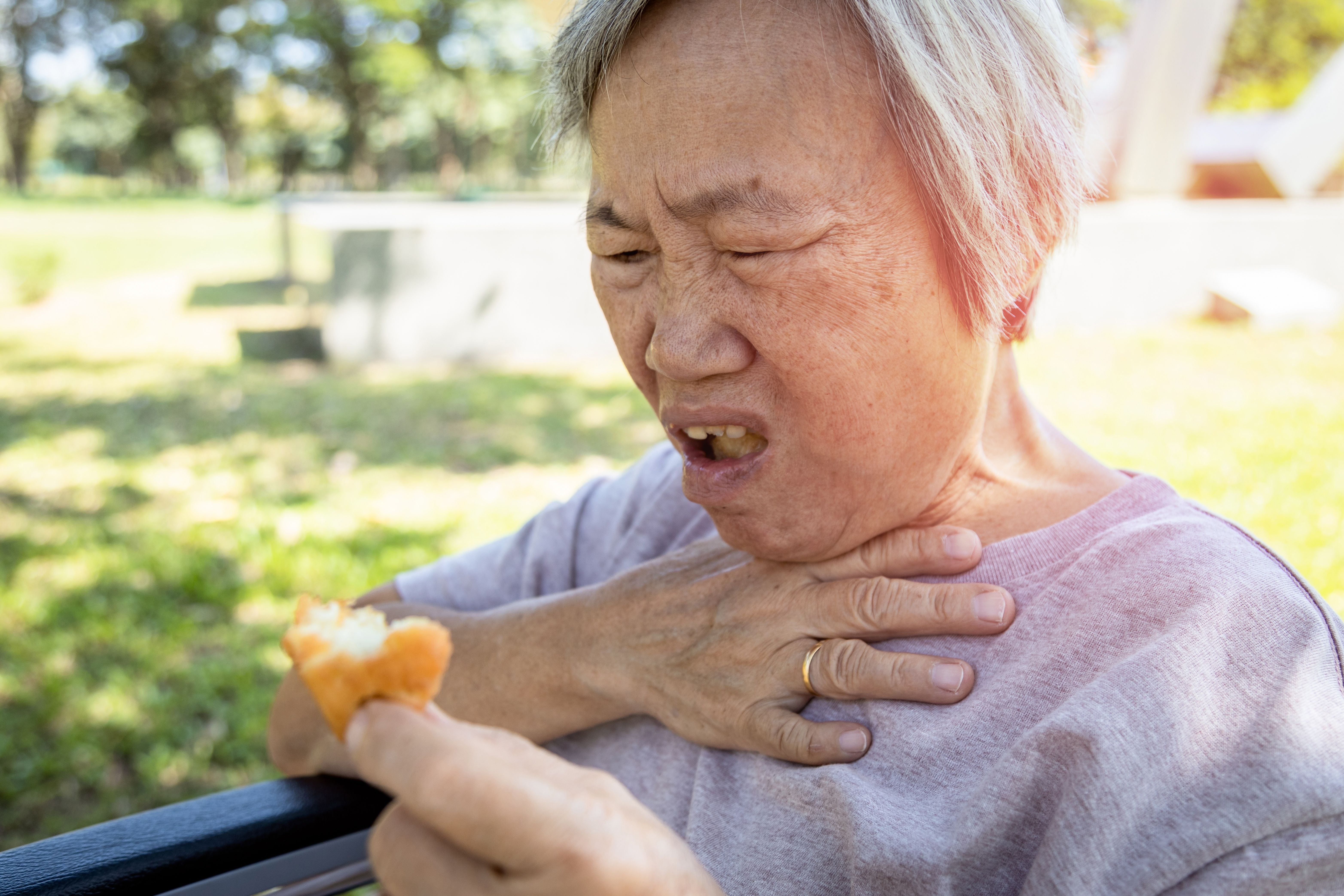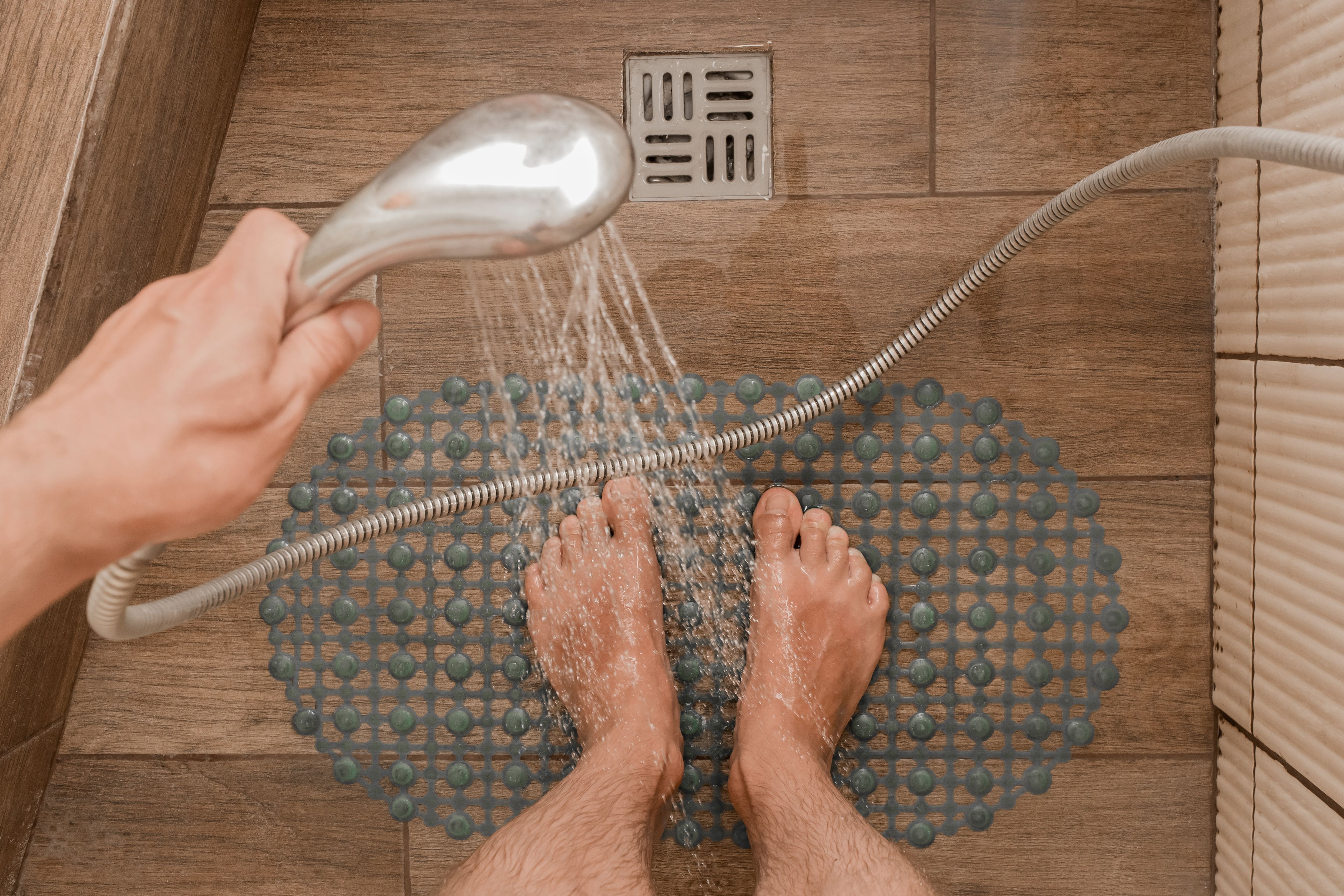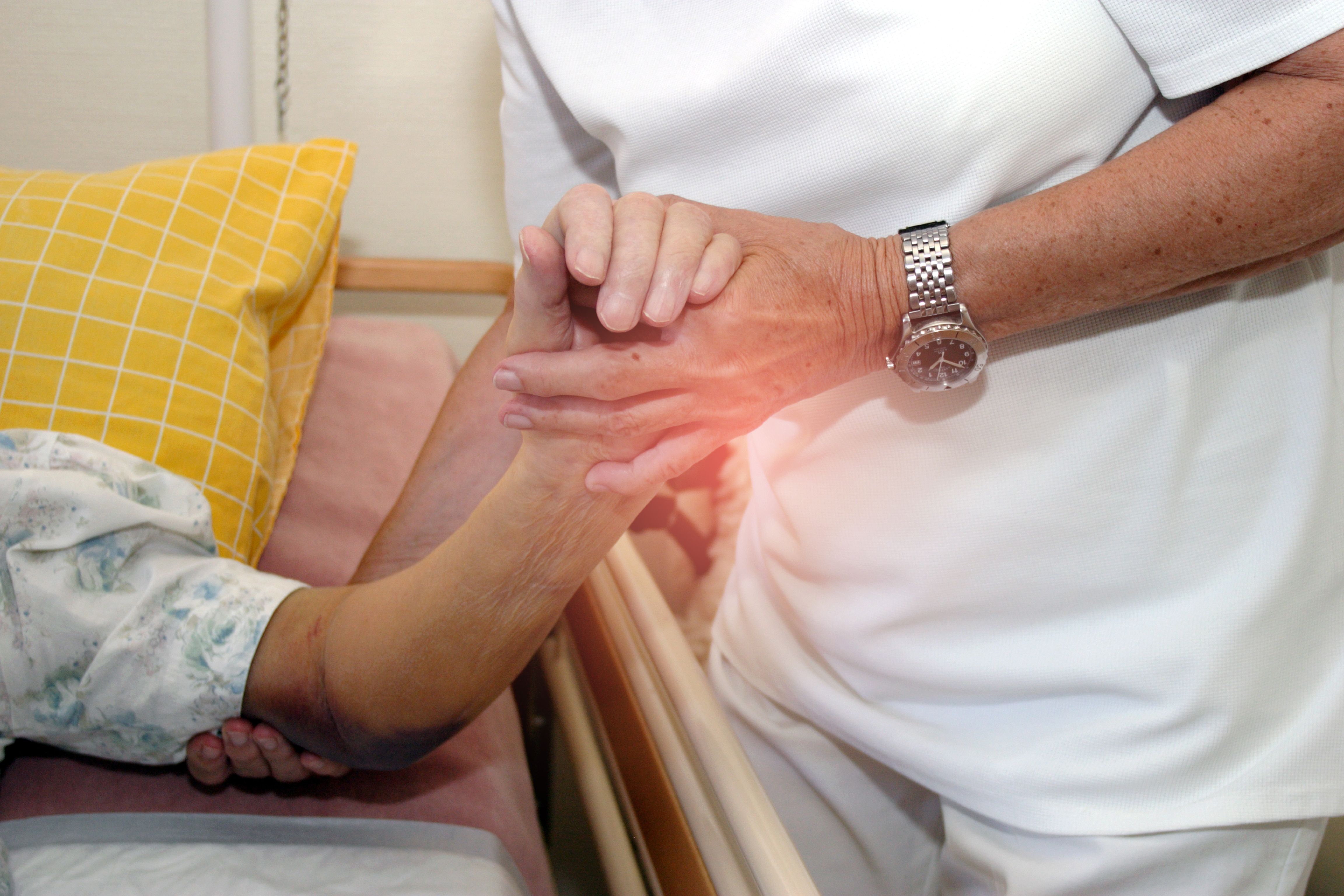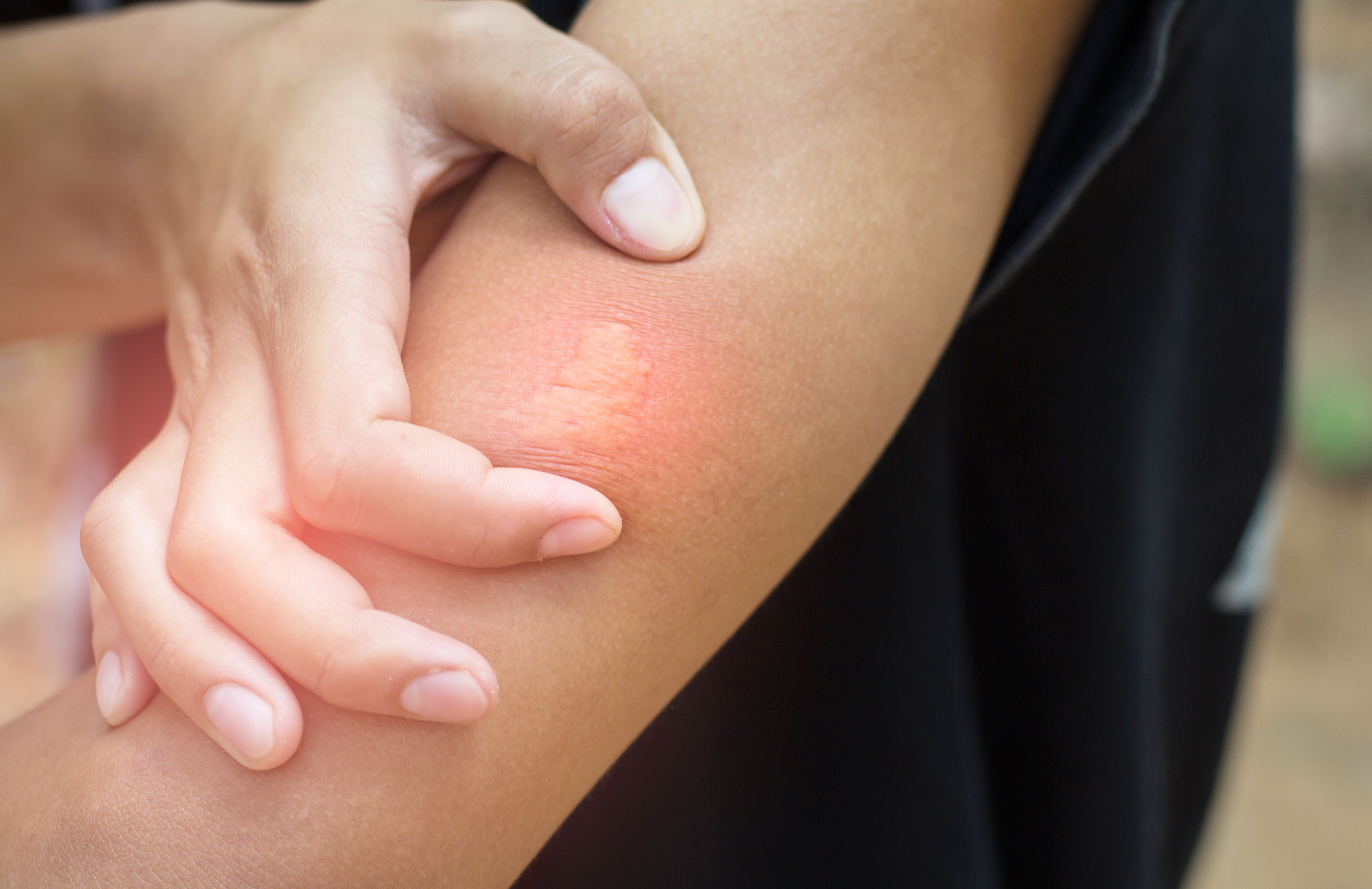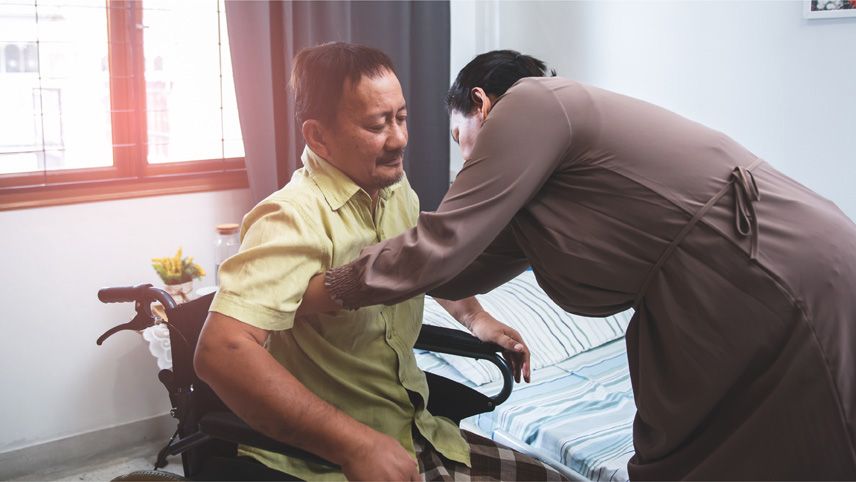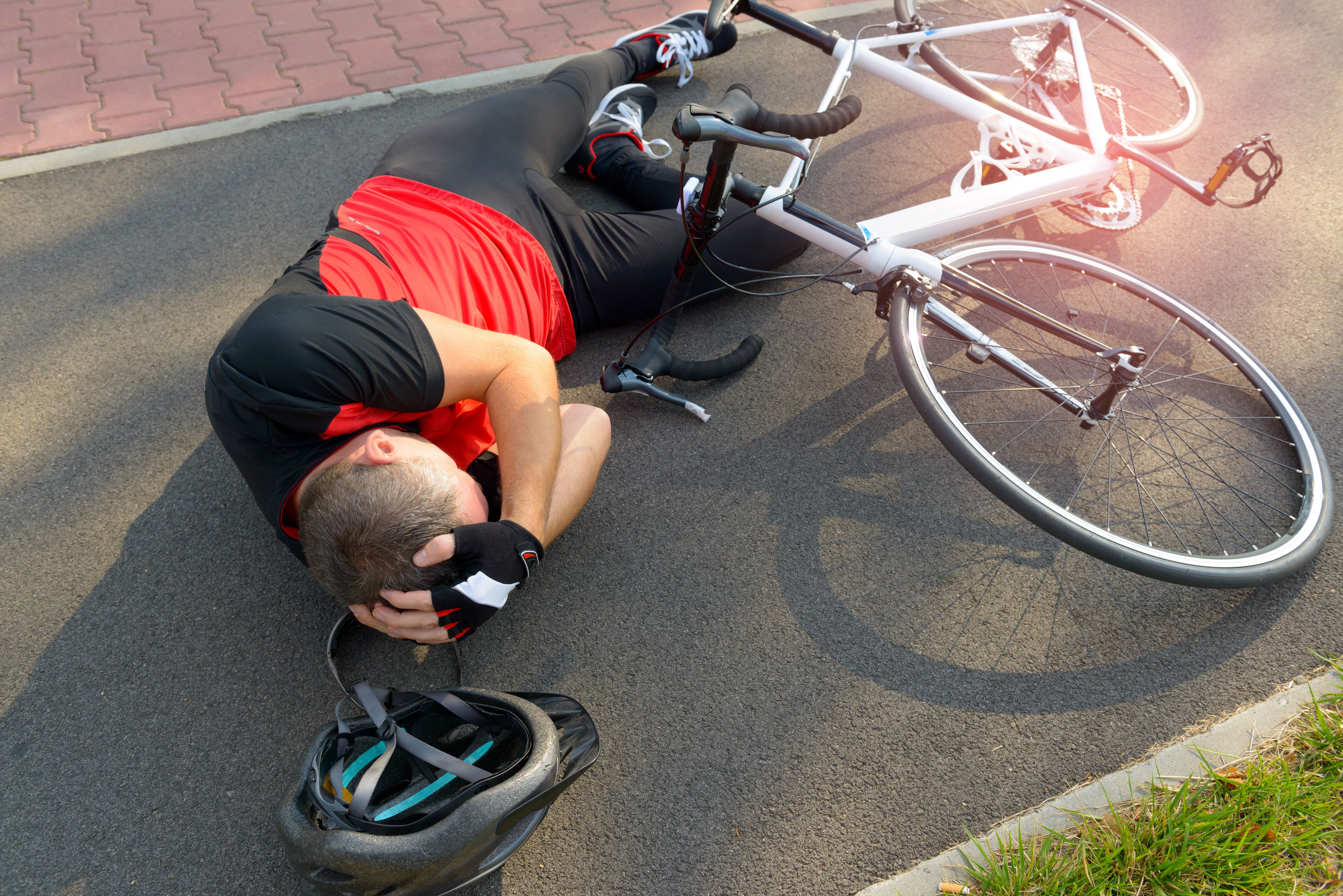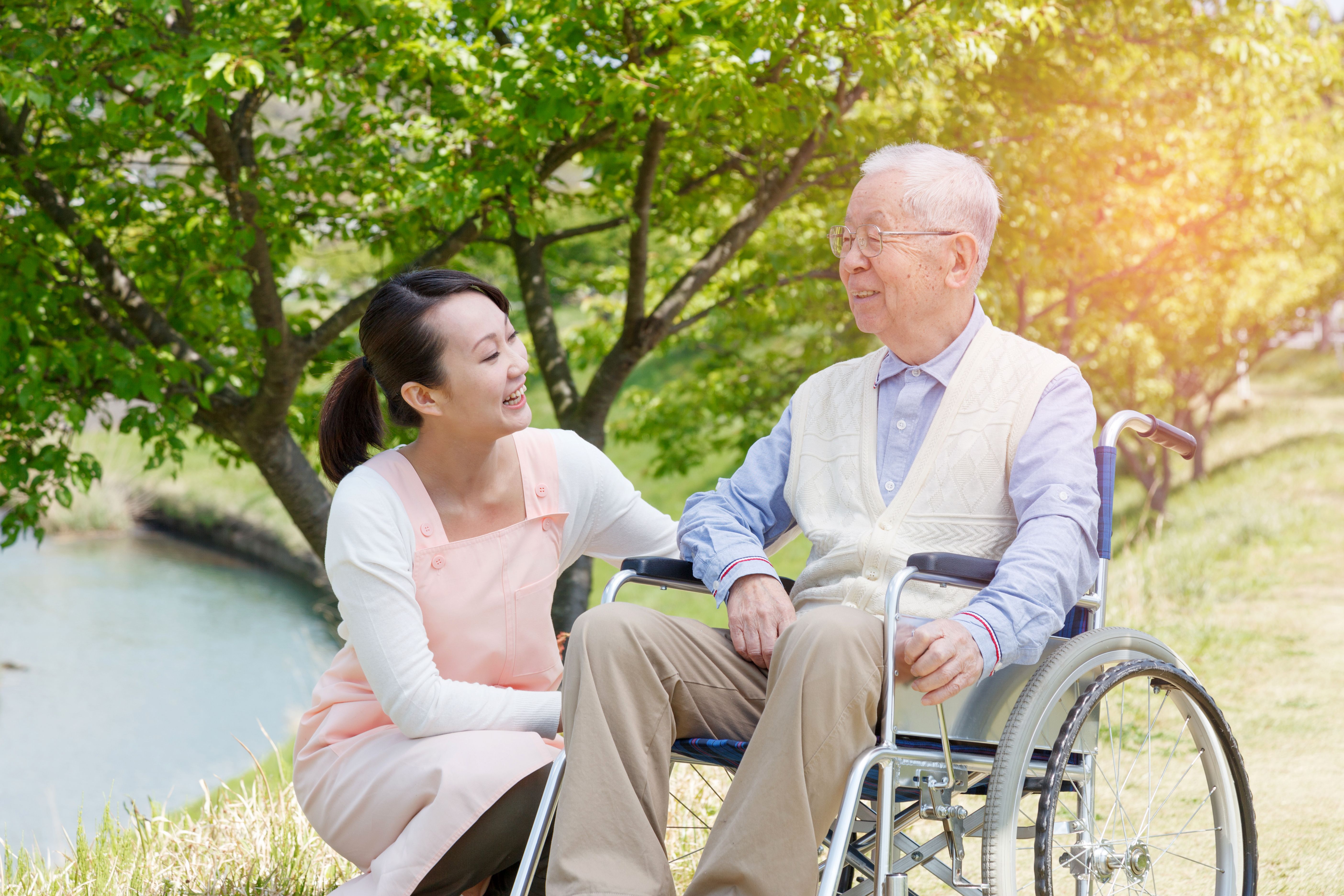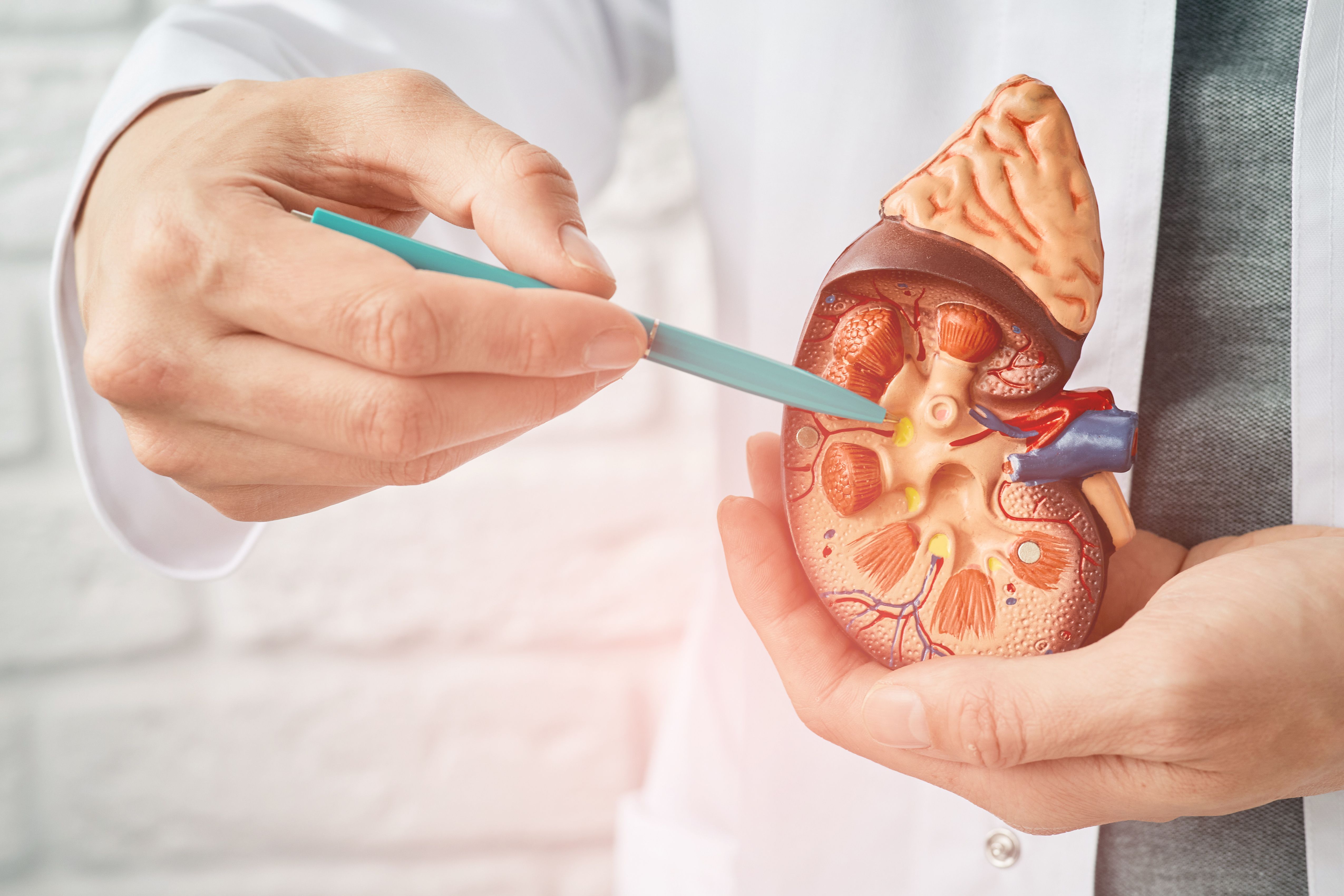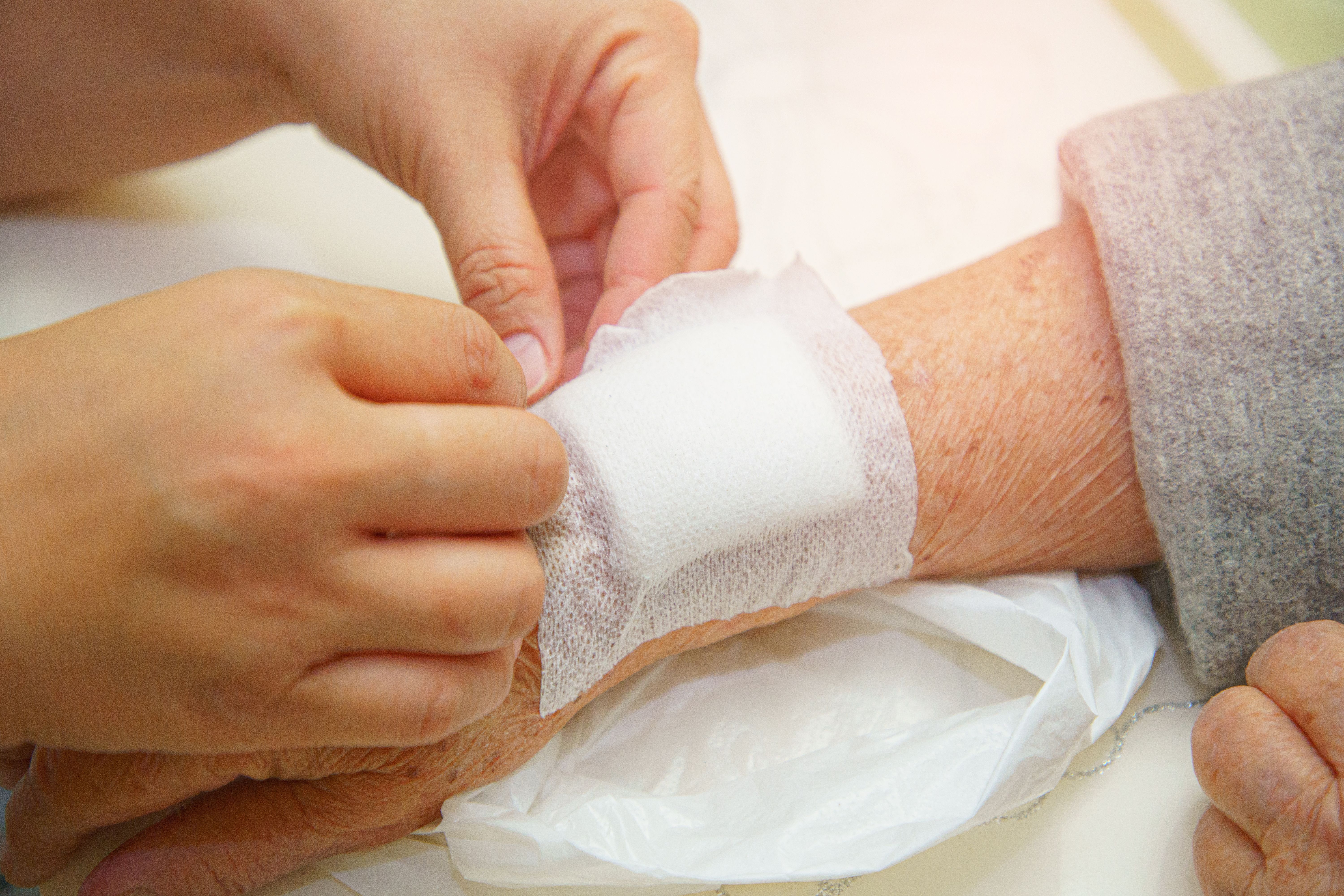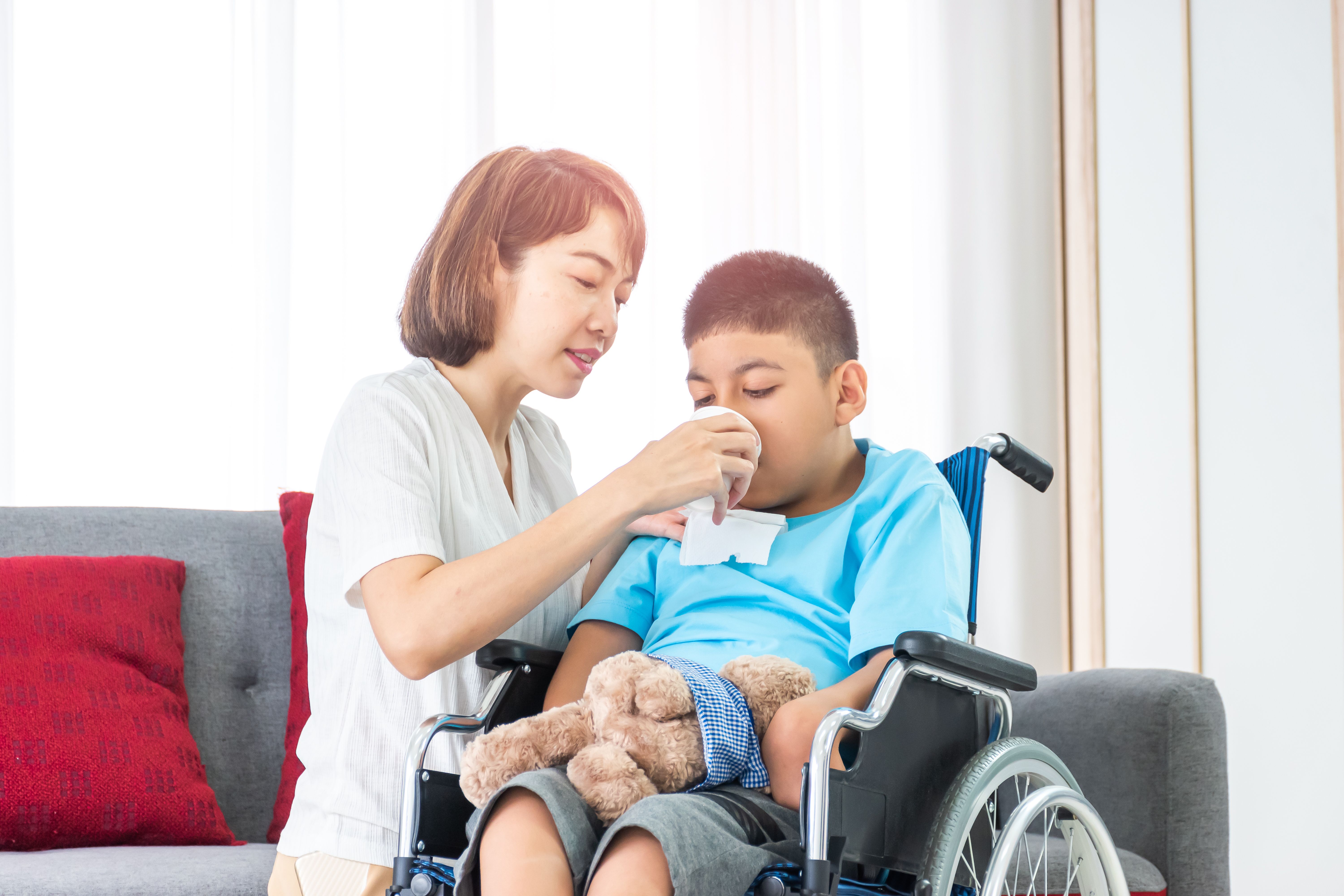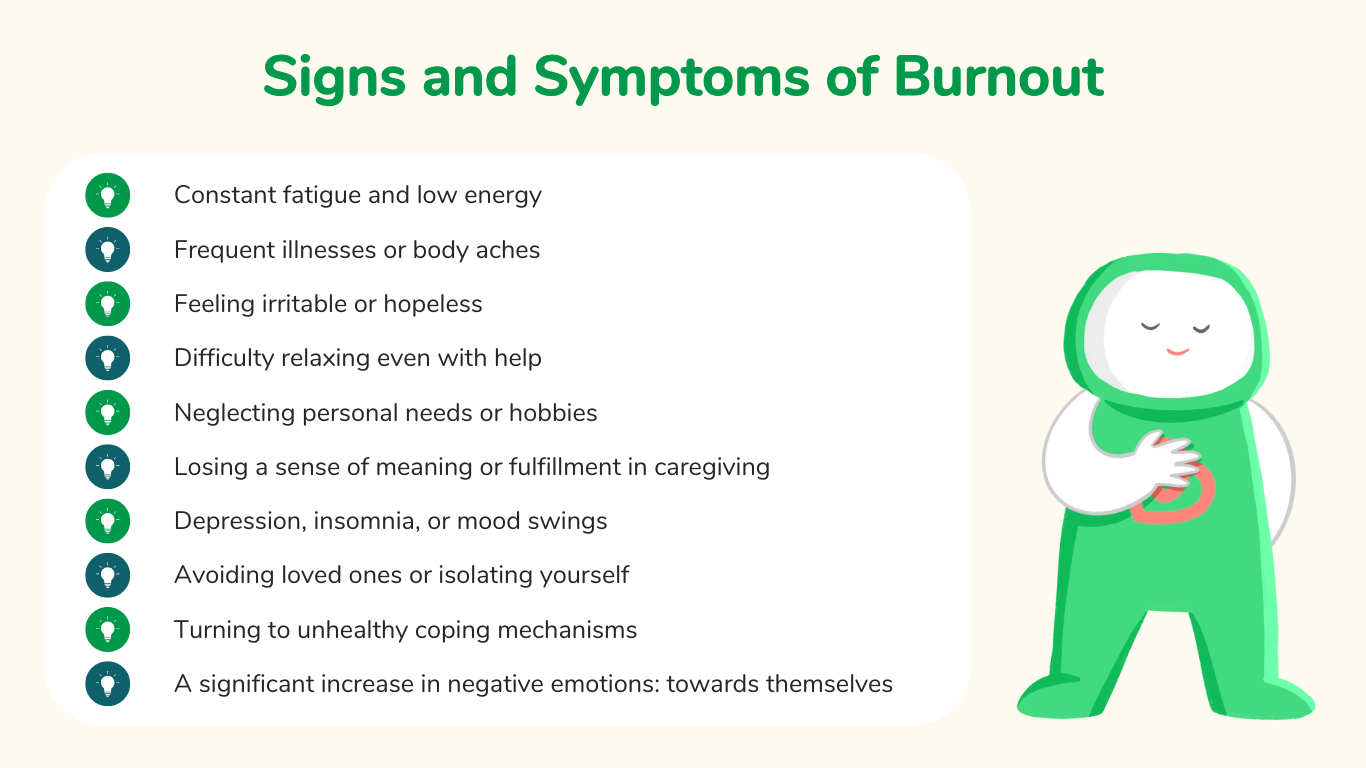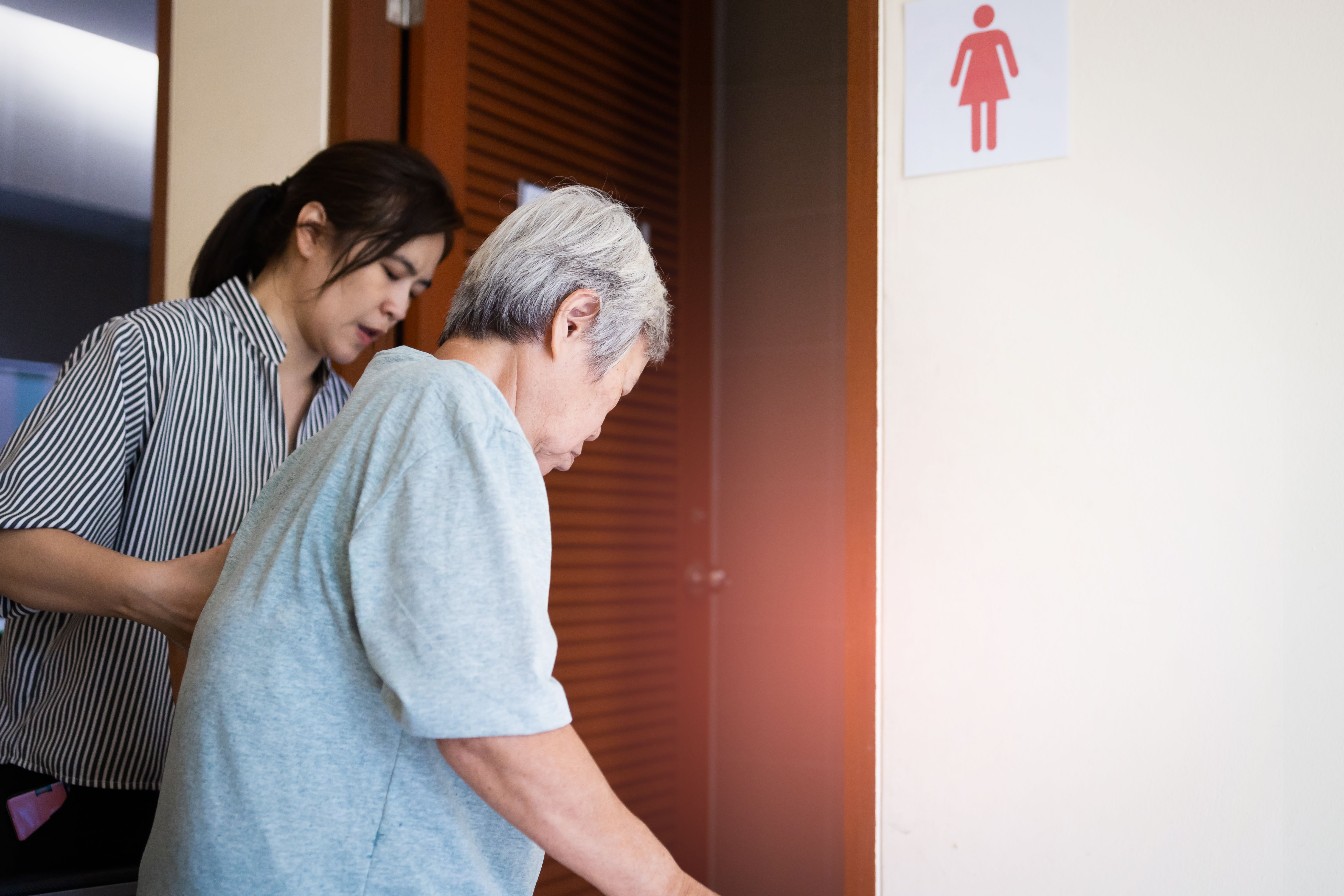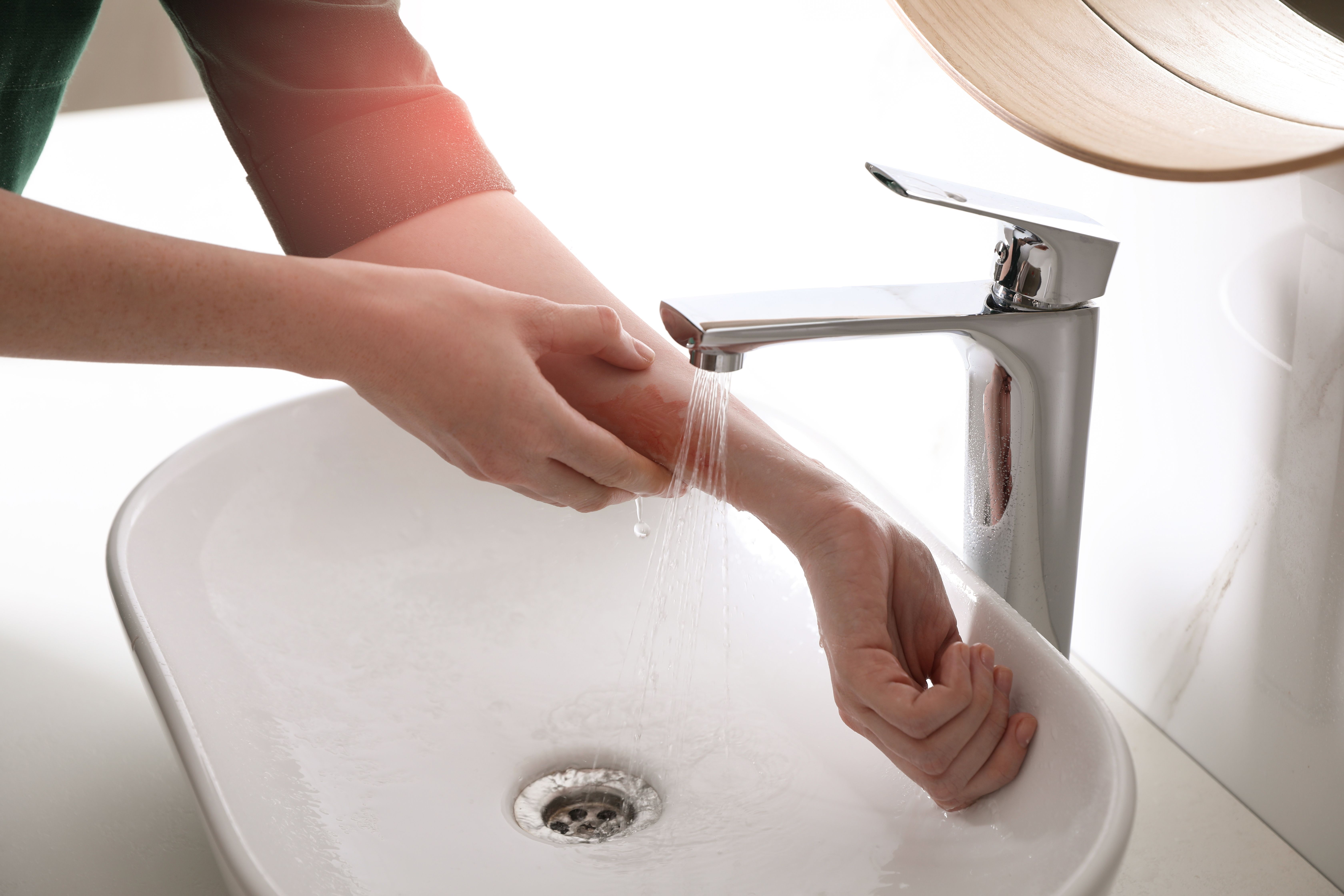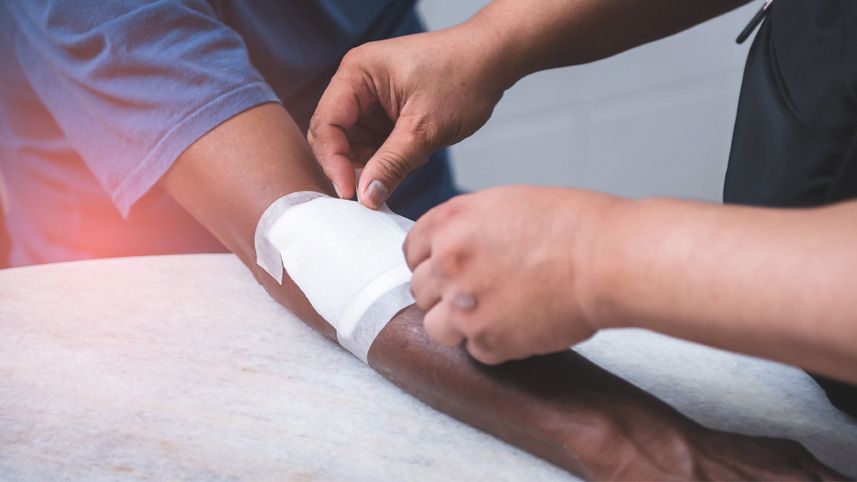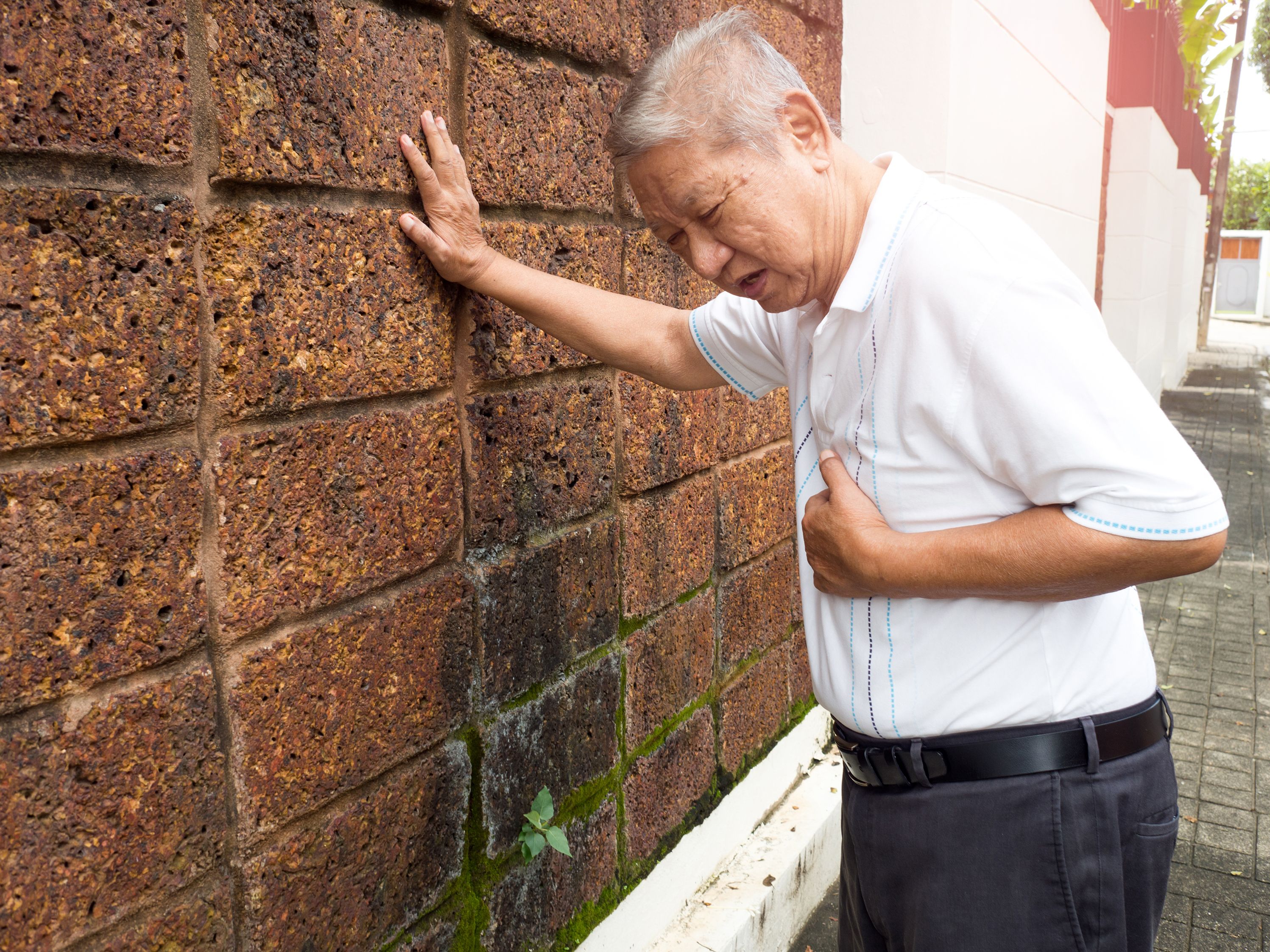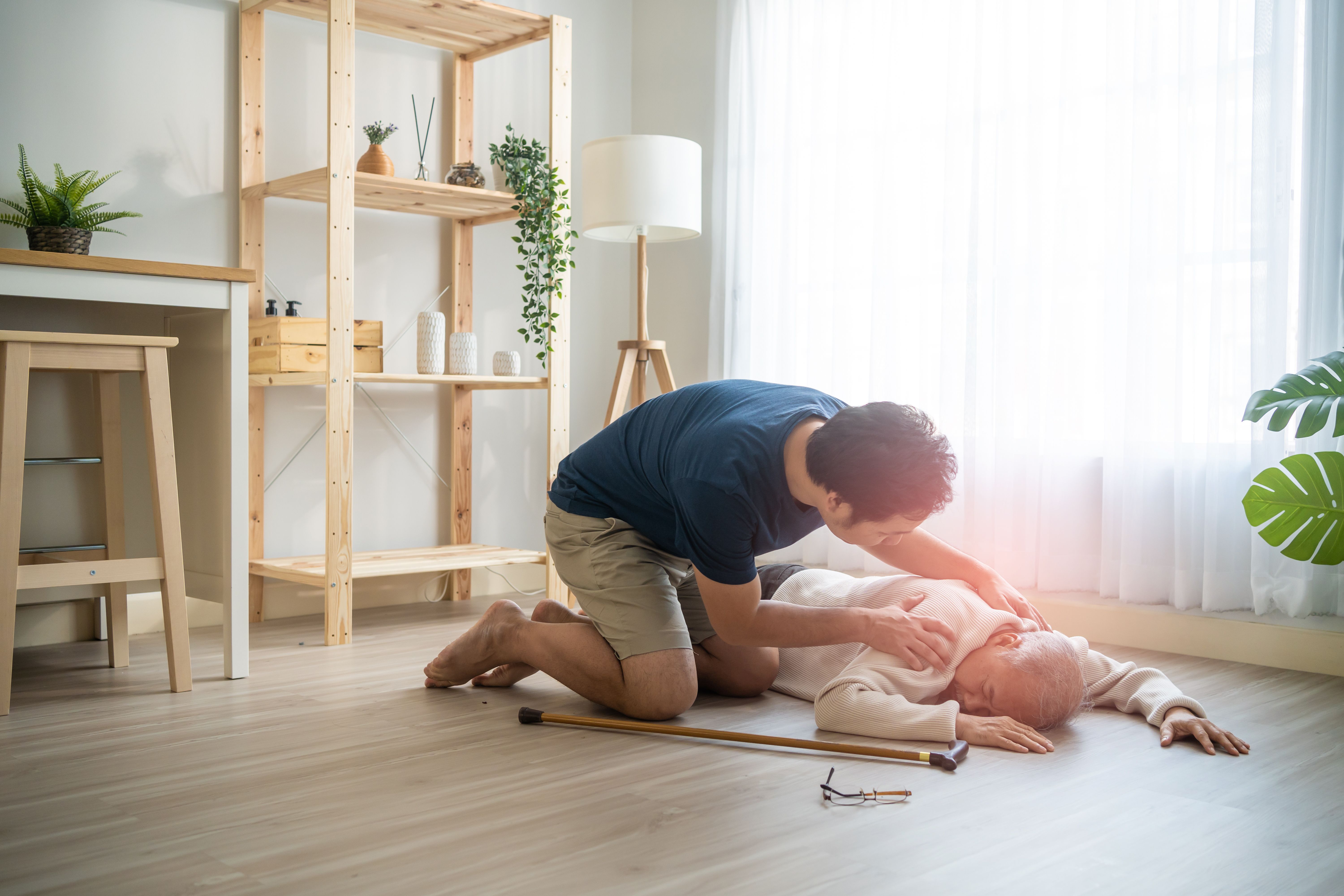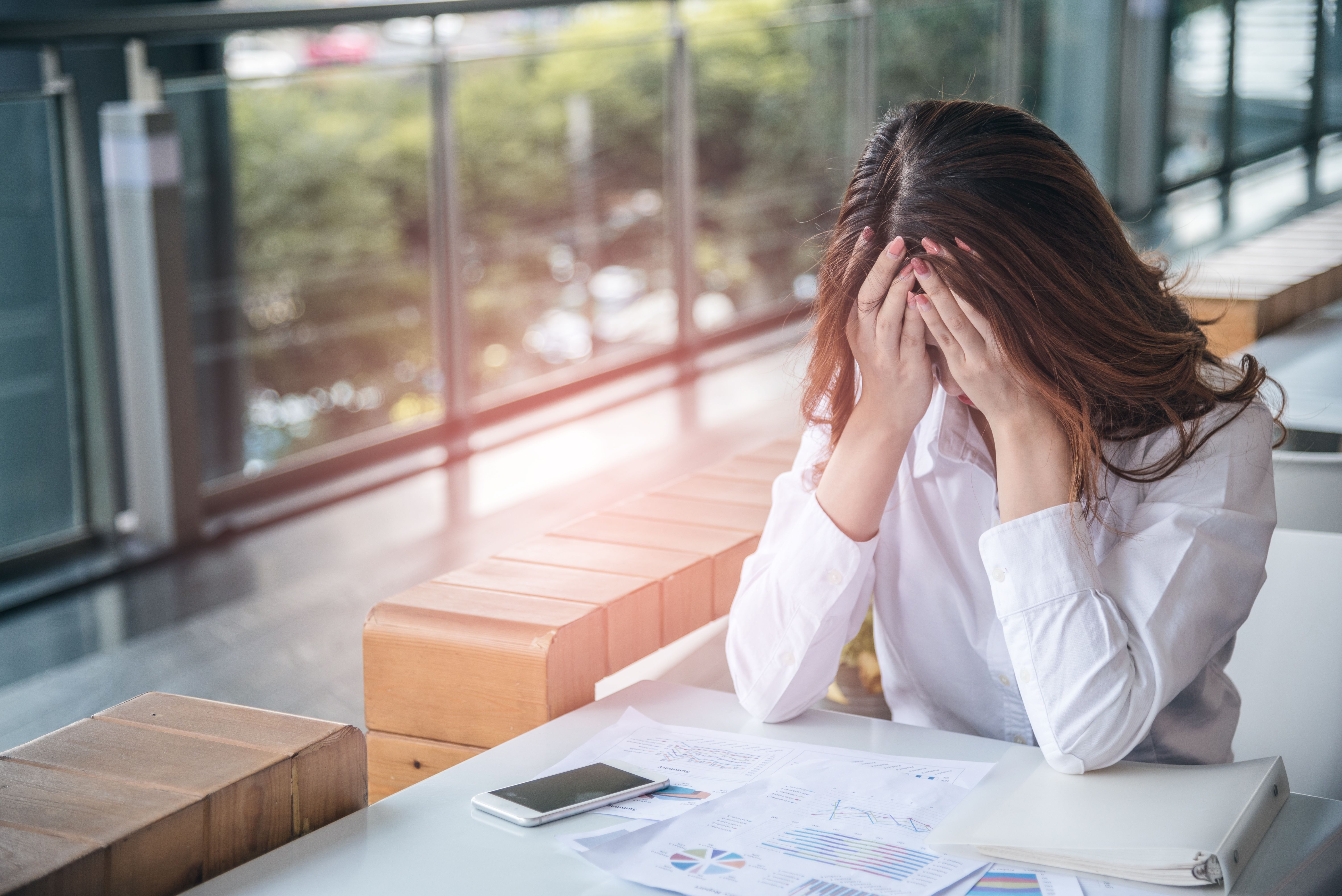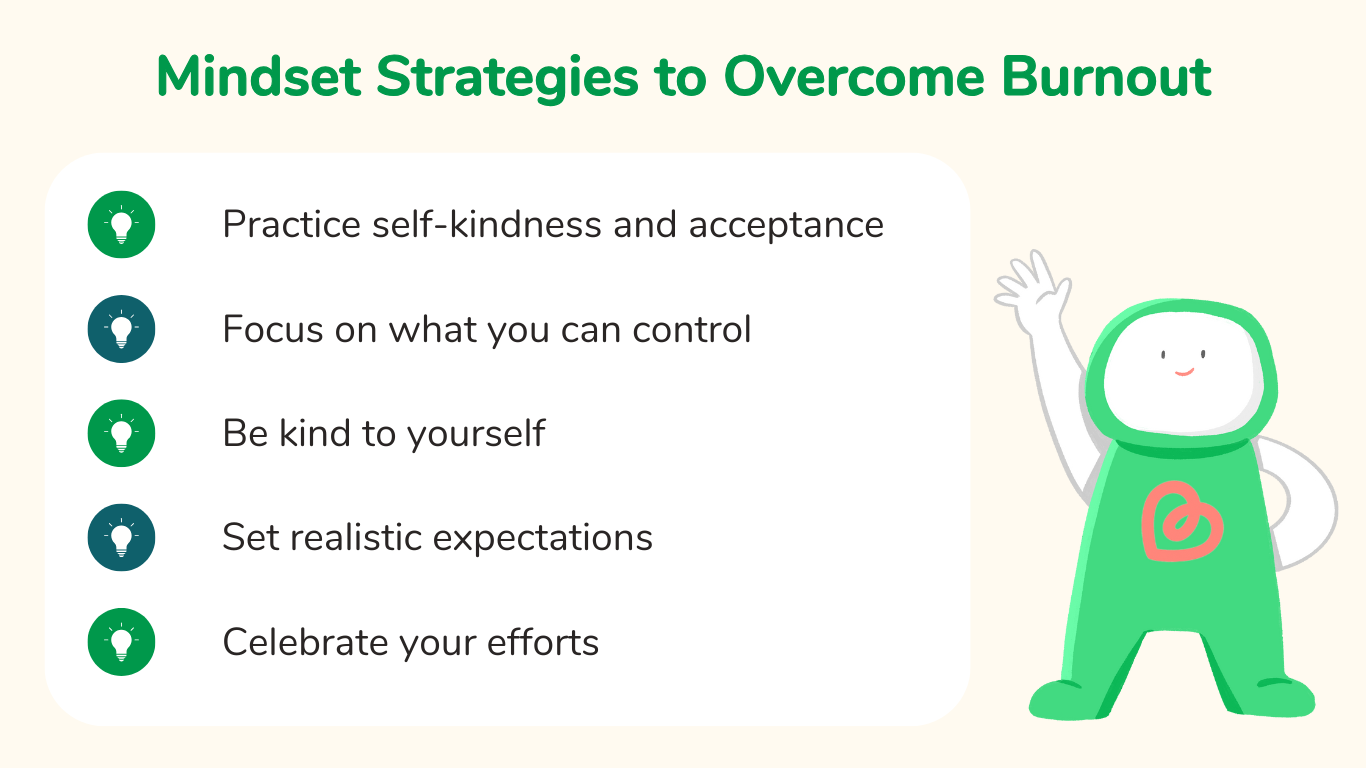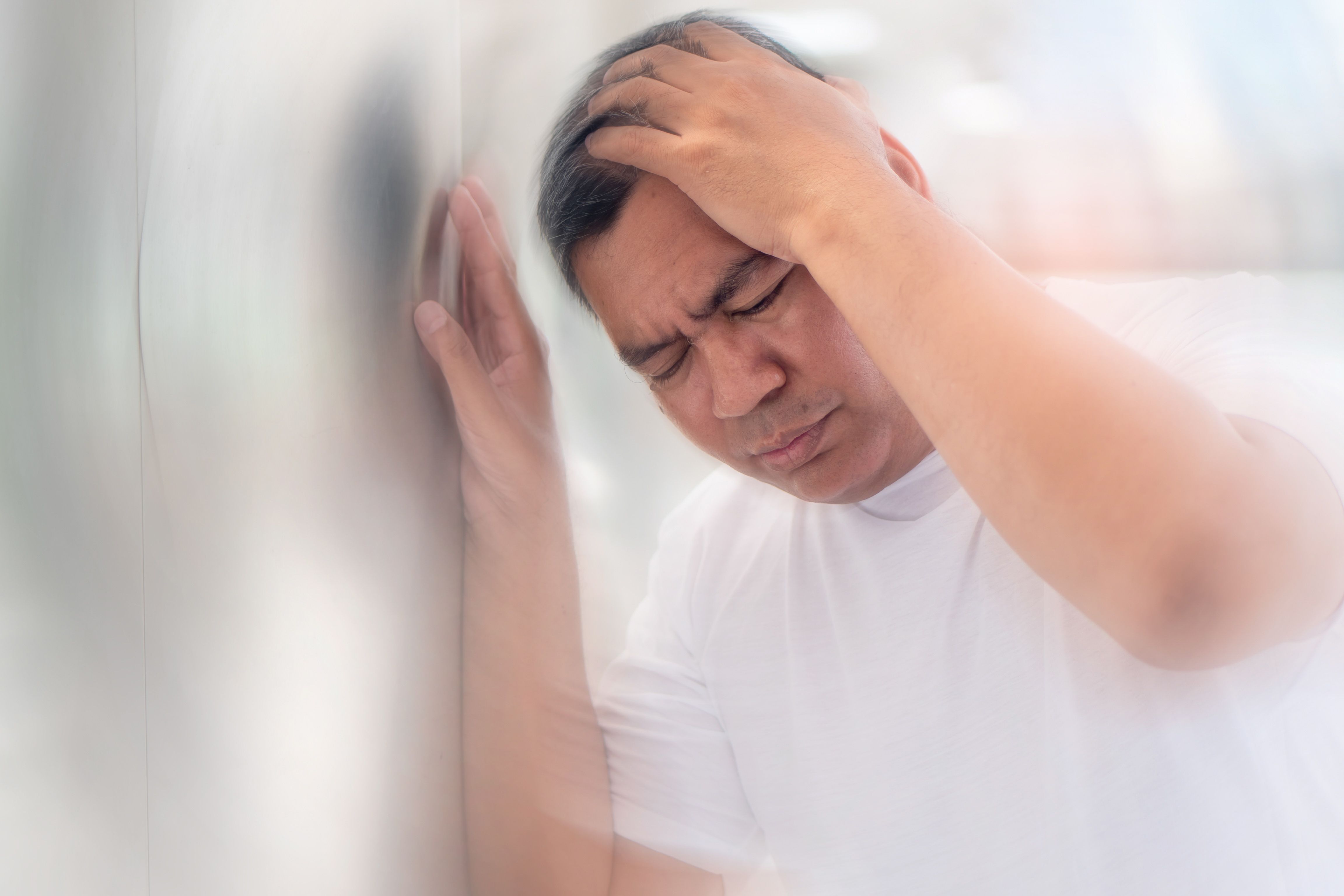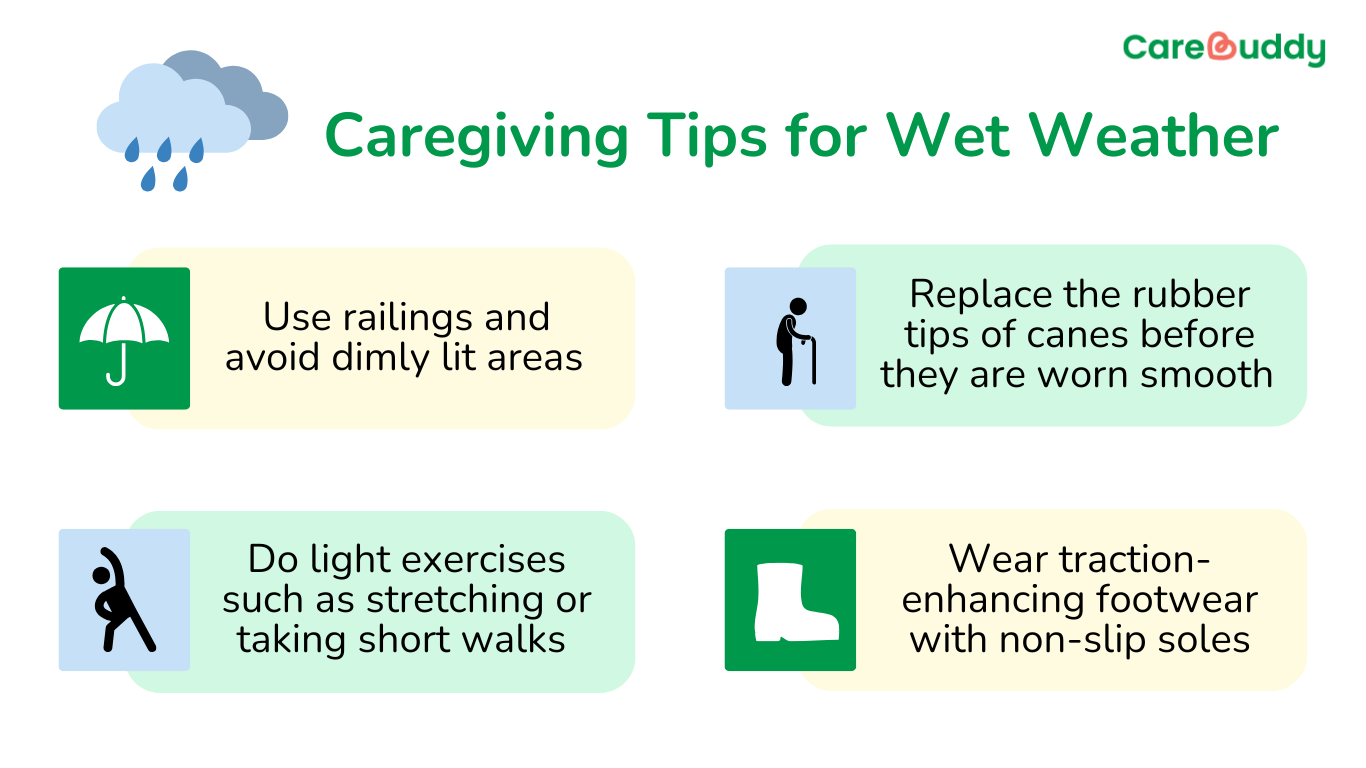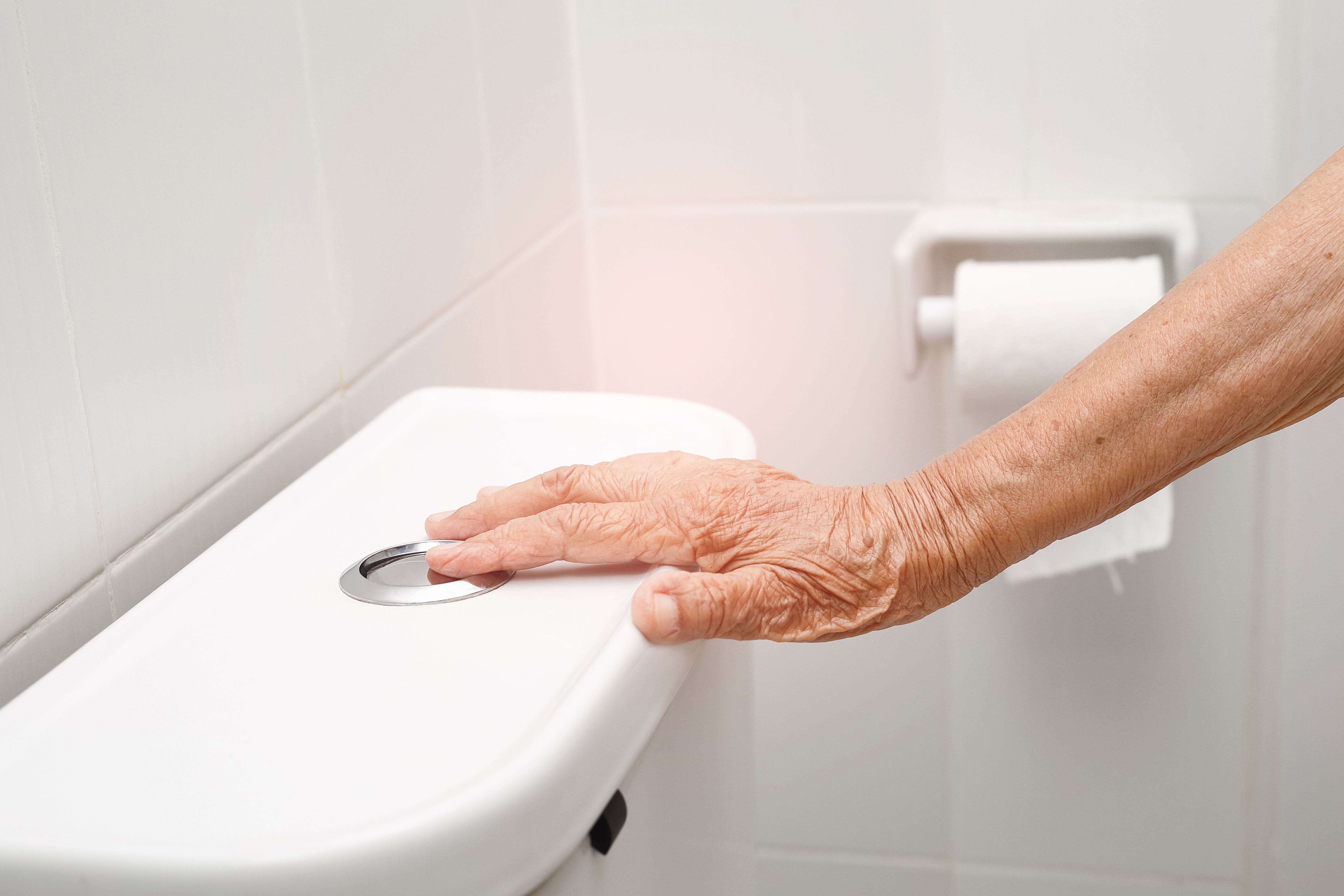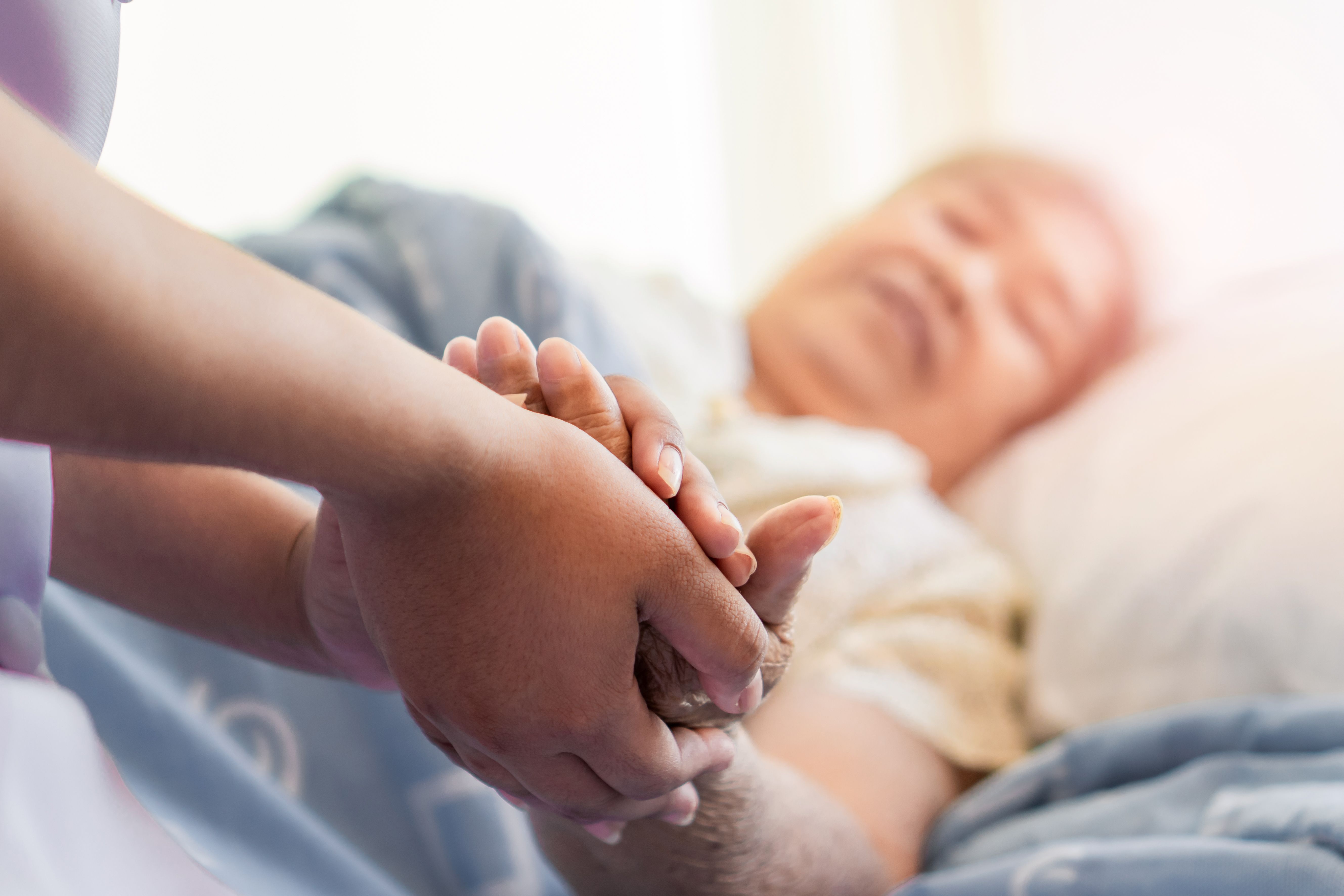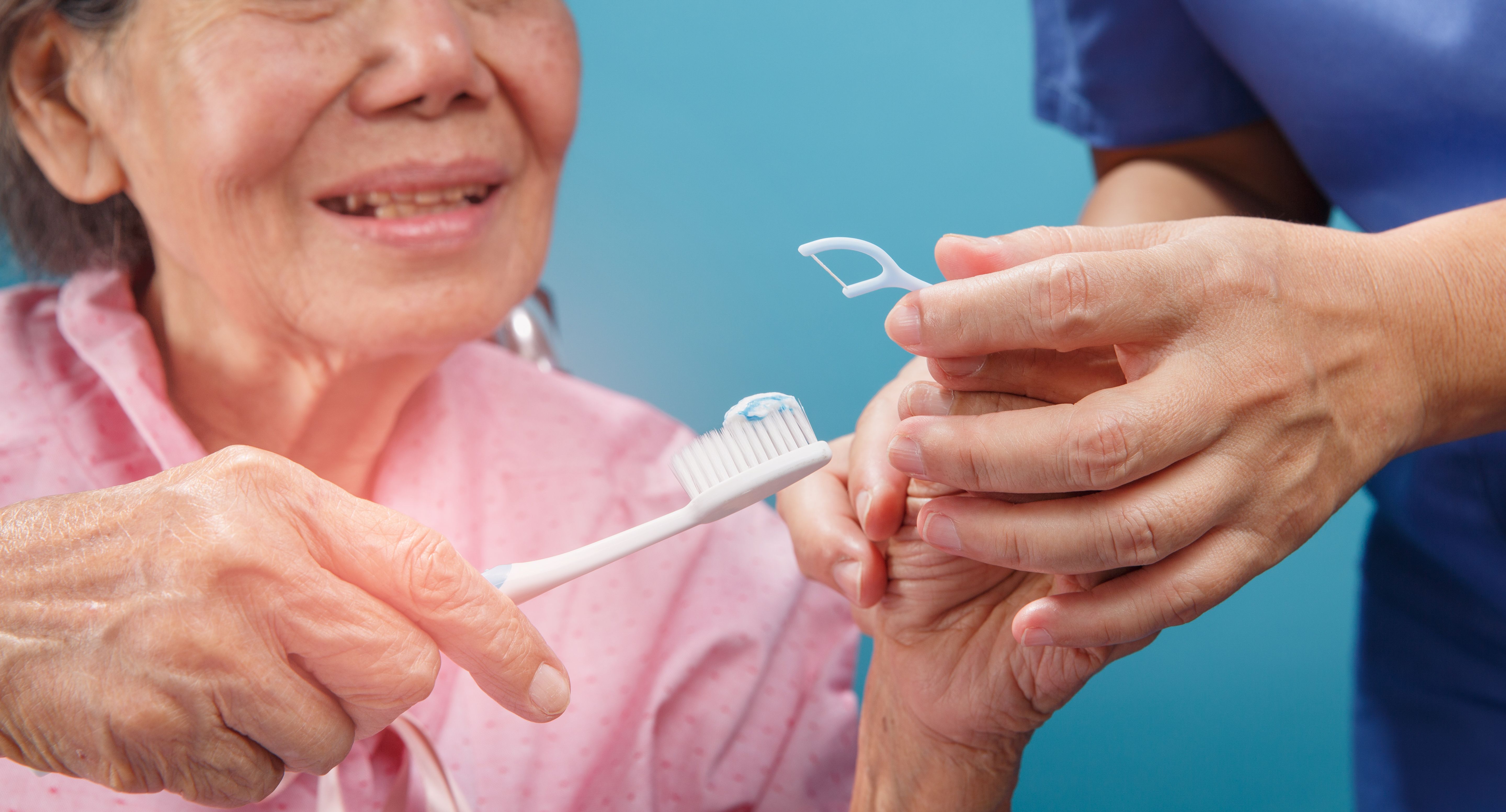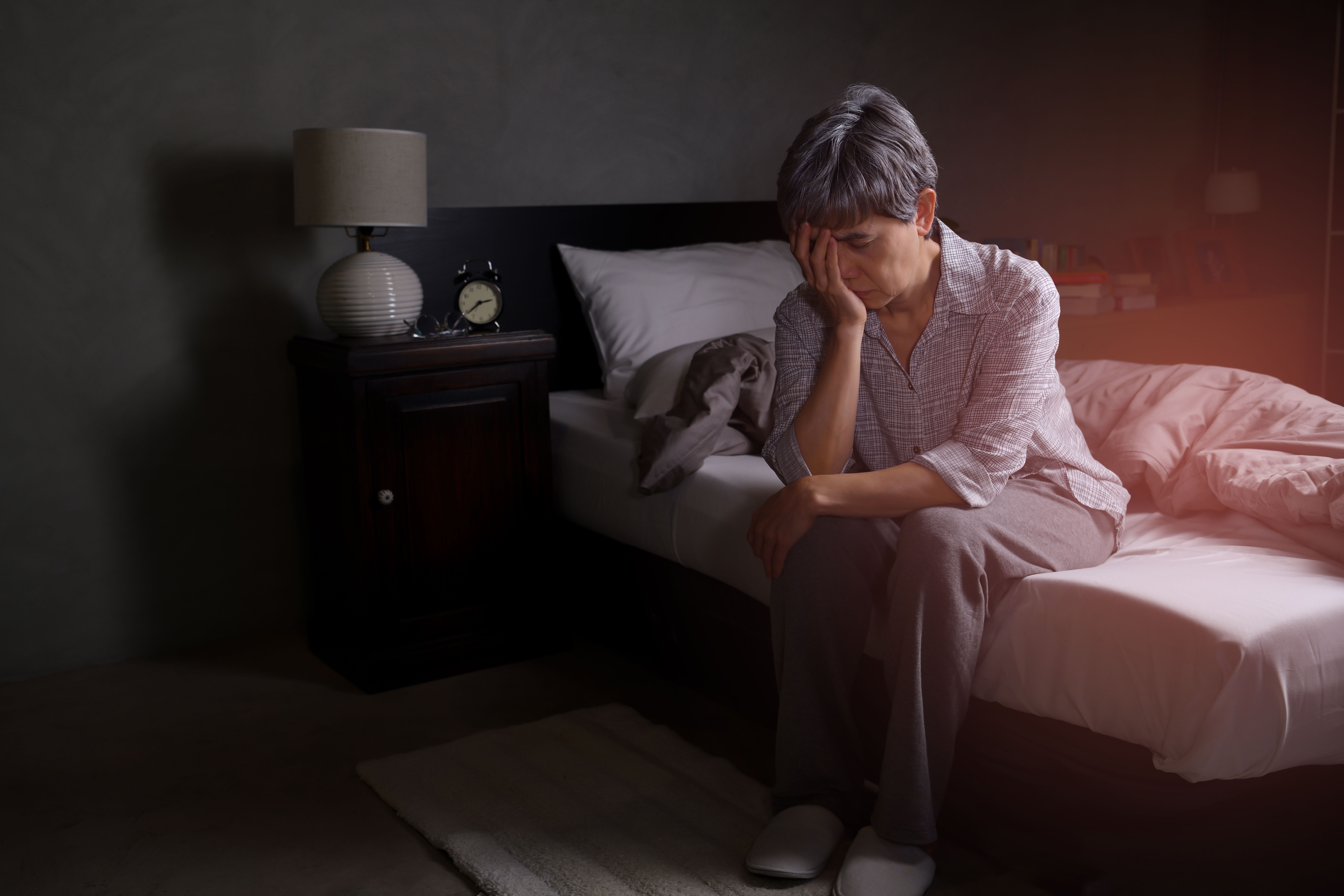Physical changes in hearing of elderly care receivers
- CareBuddy
- 4 Mins Read
- 19 Sep 2022
- Elderly Care

Hearing is one of the bodily functions that slowly degenerate with age. There are a few different age-related hearing conditions an elderly care receiver could experience.
Presbycusis
Also known more simply as age-related hearing loss, this is a gradual decline that starts from around the age of 60. It often starts off as an inability to hear high-pitched sounds such as a phone ringing or a microwave beeping. When the decline progresses, all sounds become hard to hear.
Symptoms include
- Speech of others sounds mumbled even when it’s not.
- High-pitched sounds such as “s” and “th” start sounding similar.
- Conversations are hard to understand when there’s background noise.
- Some sounds seem too loud even when they are not.
- Ringing in the ears, also known as tinnitus.
Consult a doctor if you have any of these symptoms. A doctor working with an audiologist can use techniques such as otoscope and audiogram to diagnose presbycusis and recommend the best course of action.
Ways to prevent or slow down presbycusis include
- Reduce exposure to loud noises. E.g. keep volume of earpieces low.
- Don’t smoke.
- Minimise your risk of diabetes as it’s a risk factor for presbycusis. Find out how you can reduce your risk of diabetes at [Link to our “diabetes” article]
- Minimise your risk of heart diseases as it’s known to increase the chances of presbycusis.
Possible ways to manage presbycusis include
- Hearing aids
- Assistive devices such as telephone amplifiers
- Speech-reading training
Cerumen impaction
Cerumen (known more commonly as earwax) is a waxy substance that cleanses and protects the ear canal in most circumstances. But in excess, it can accumulate and make it harder to hear.
Symptoms include
- Hearing loss
- Ear ache
- A feeling that the ear is “full”
- Ear itches
- Dizziness
- Ringing in the ears (tinnitus)
Though some people attempt to remove their earwax themselves, this is not recommended, as this could cause situations in which the wax is simply pushed further into the ear, e.g. if cotton swabs are used to try to clear the ear.
Earwax removal is most safely done by a doctor using techniques such as irrigation with a syringe or manual removal using instruments. Wax-softening ear drops prescribed by doctors can also be effective.
Article reviewed by David Tay, Senior Principal Educator (Nursing and Prehospital Care), HMI Institute.
